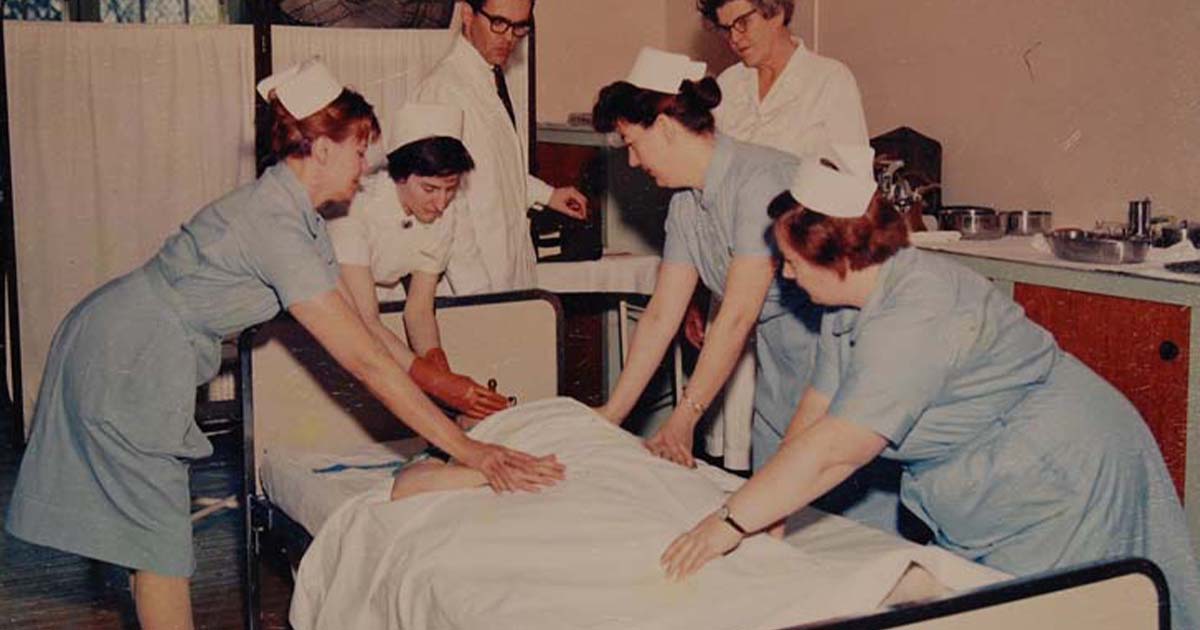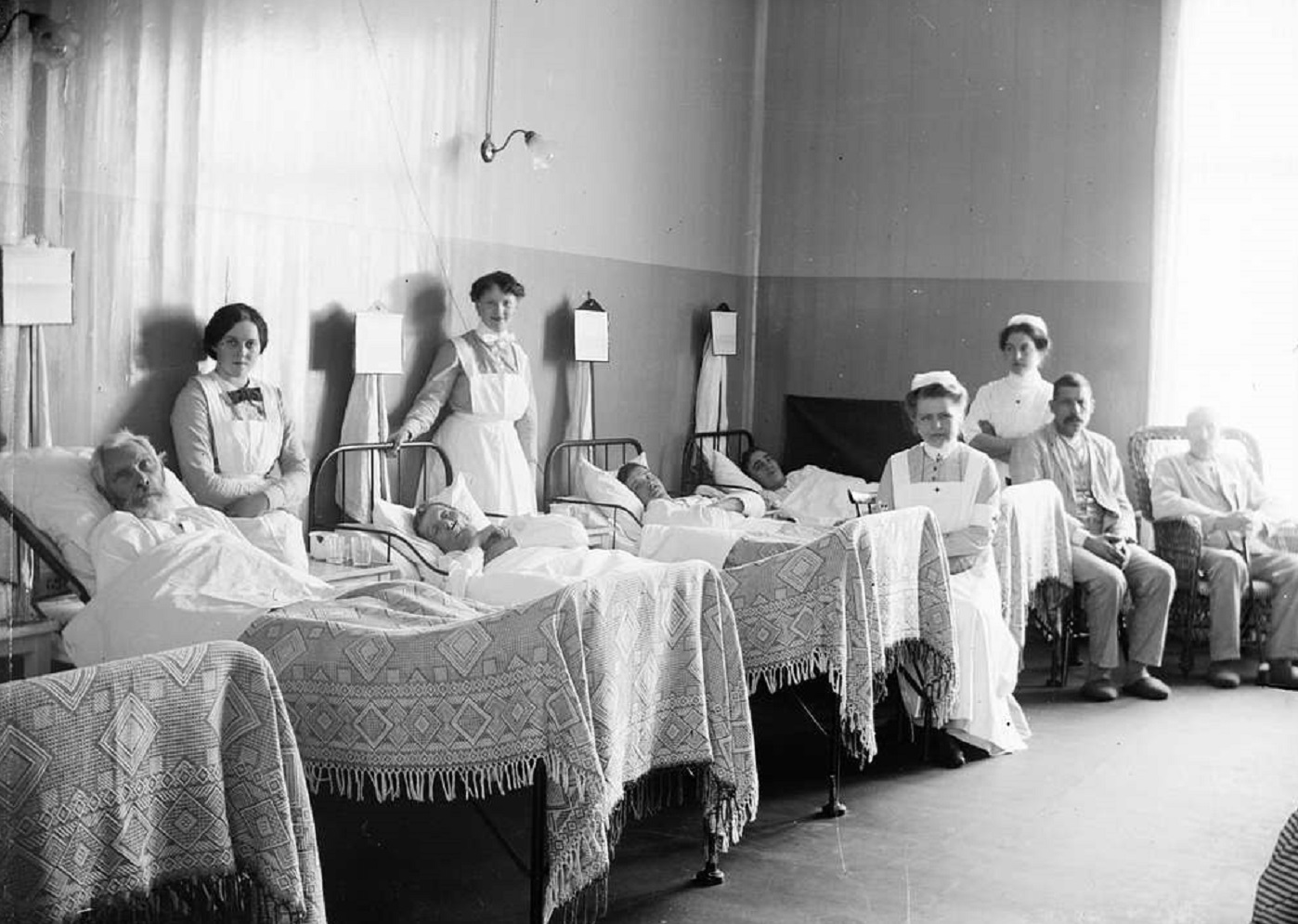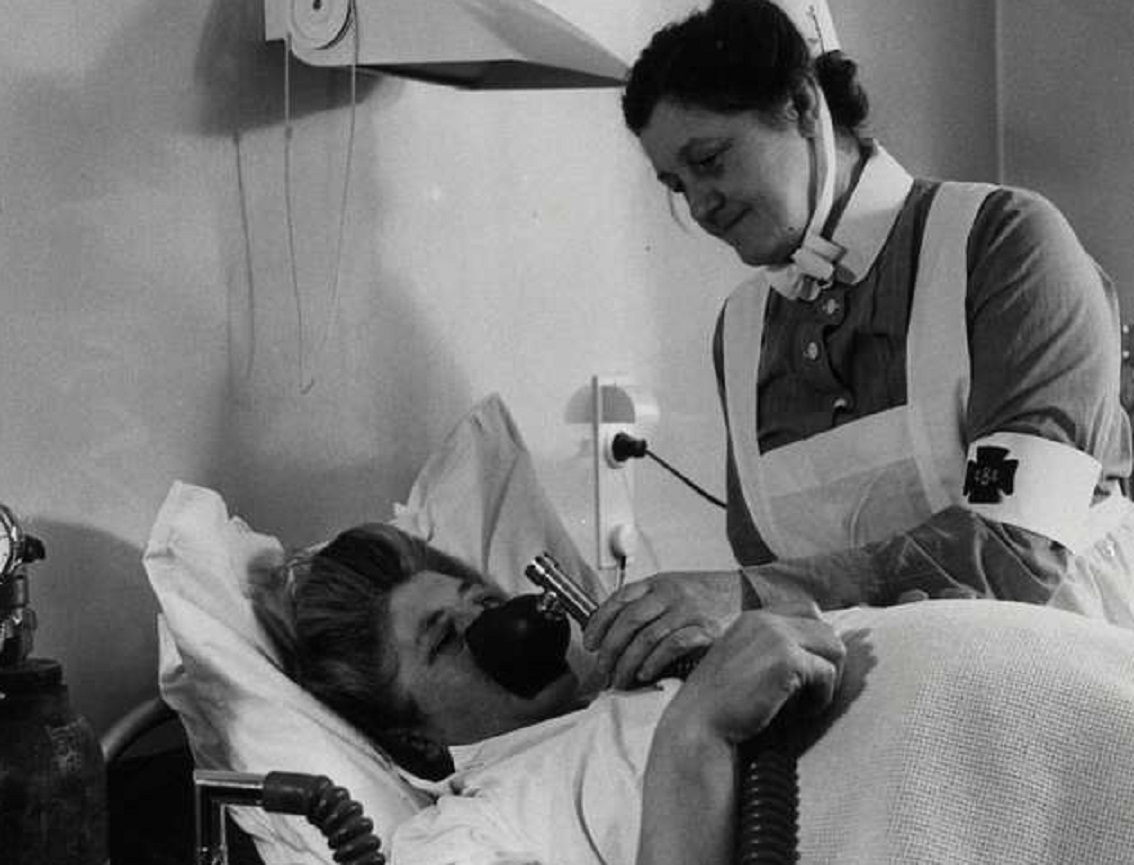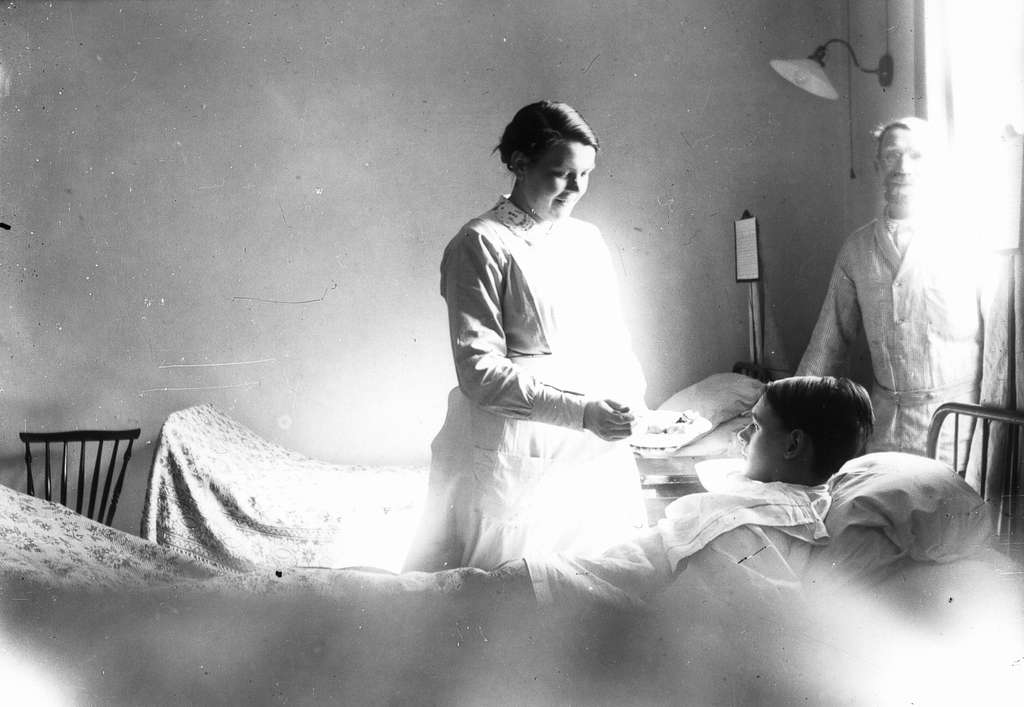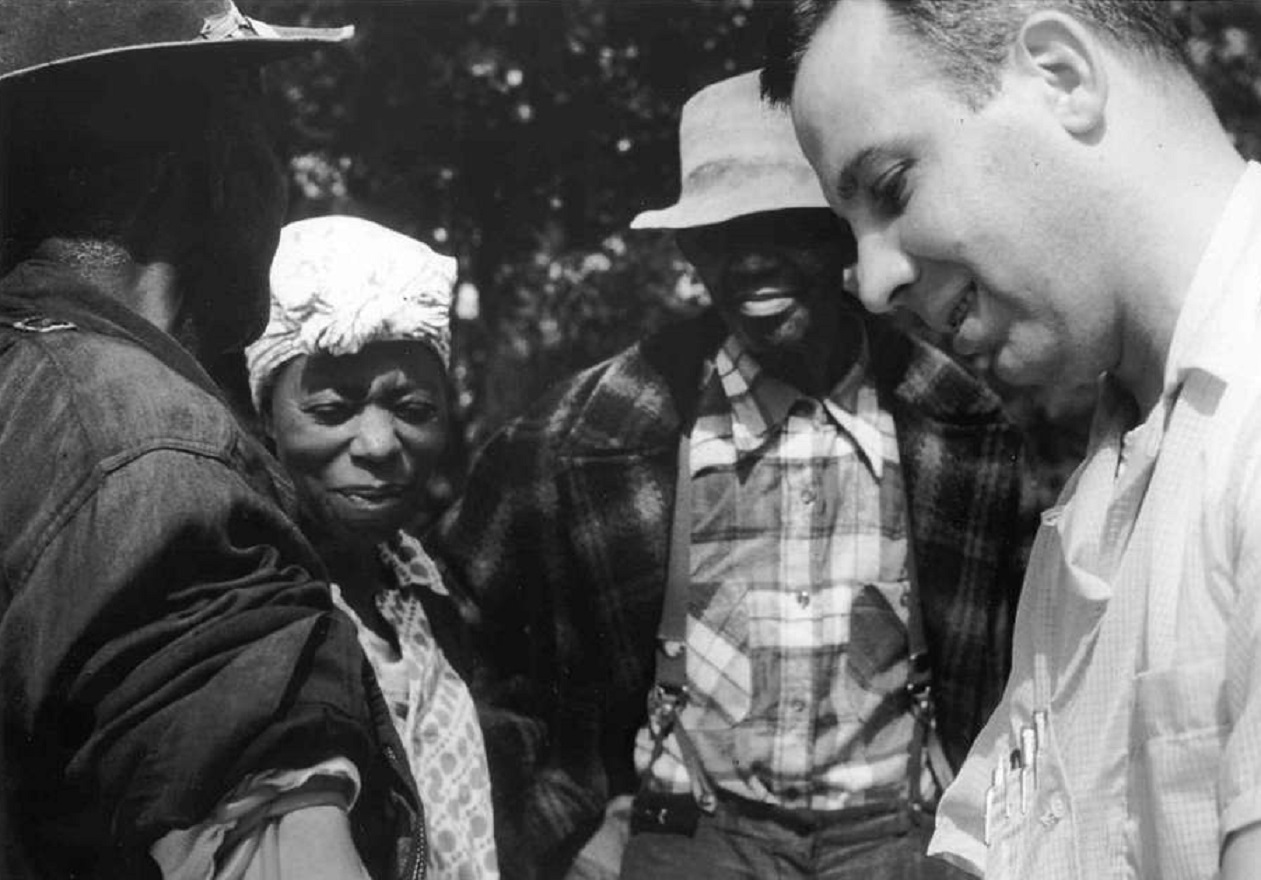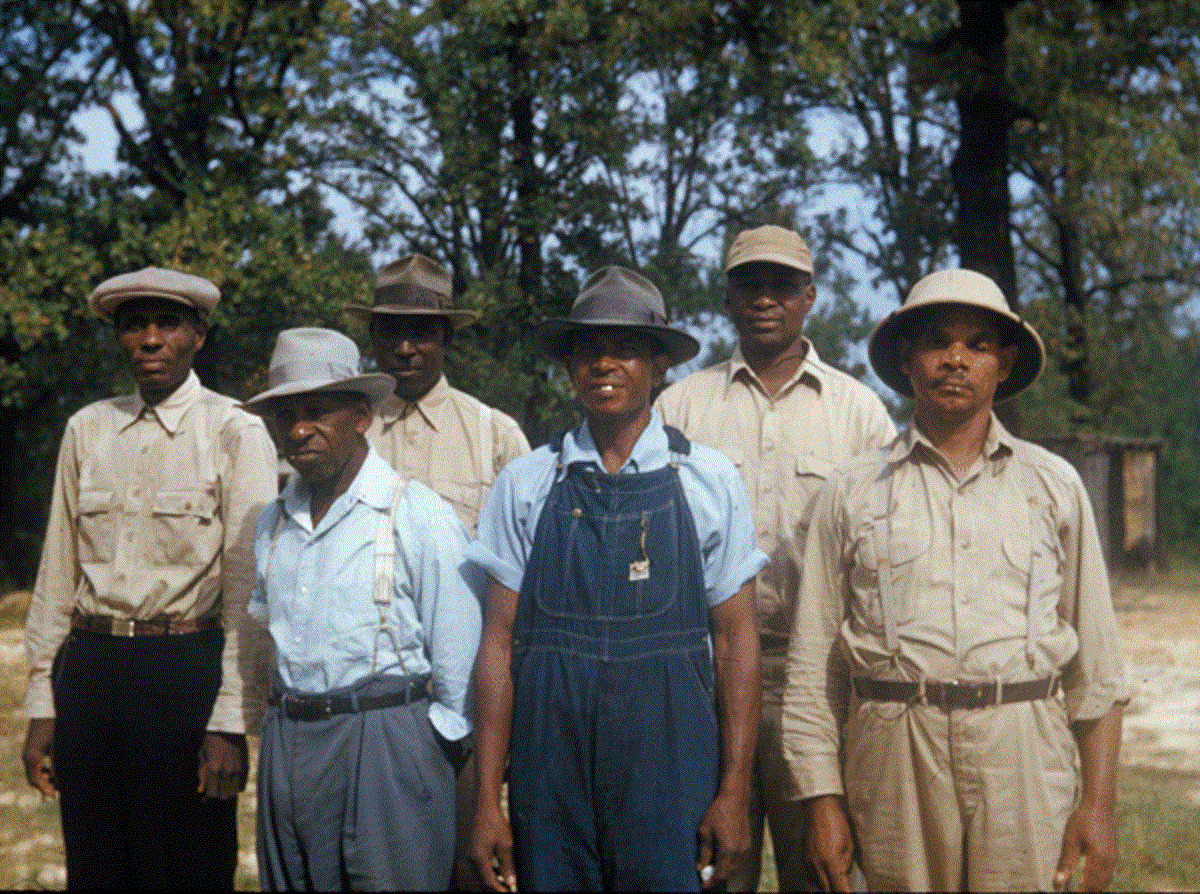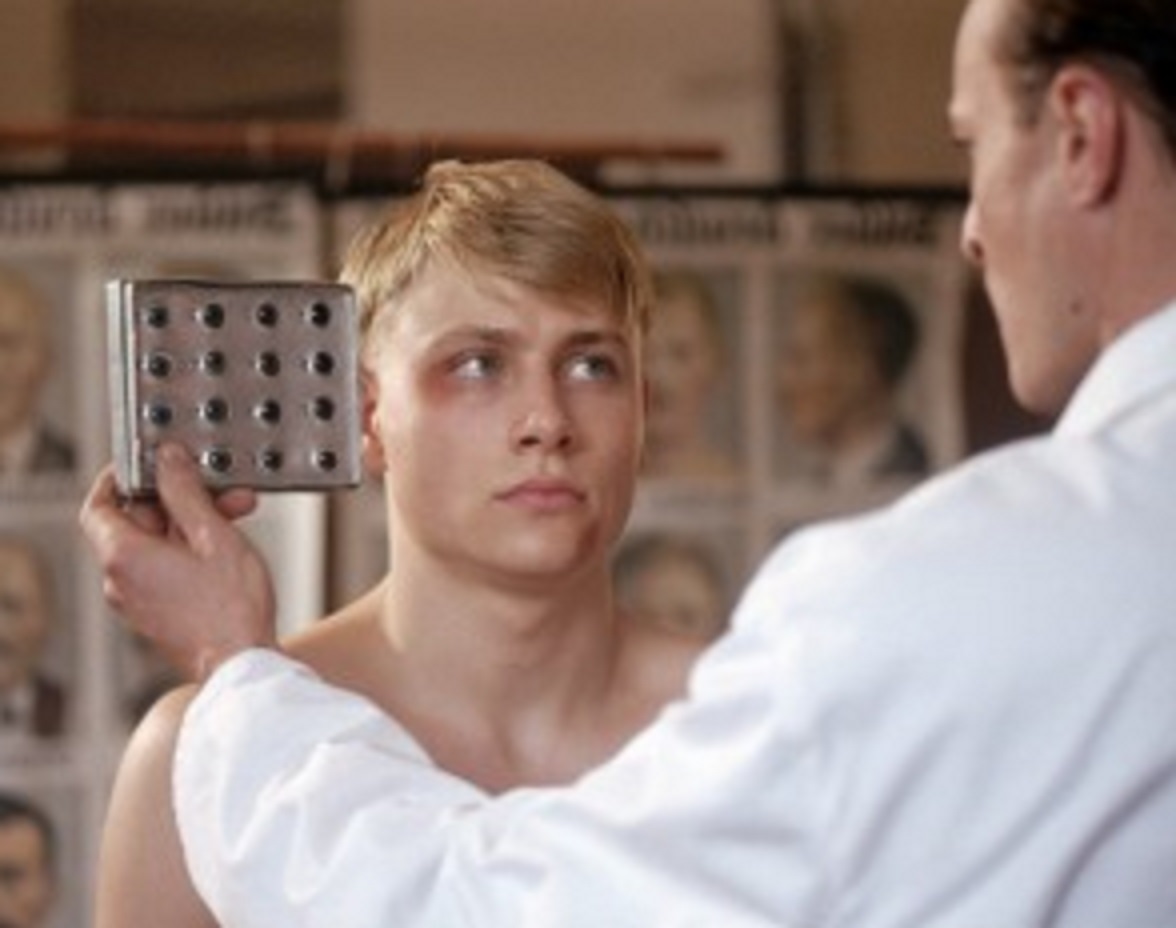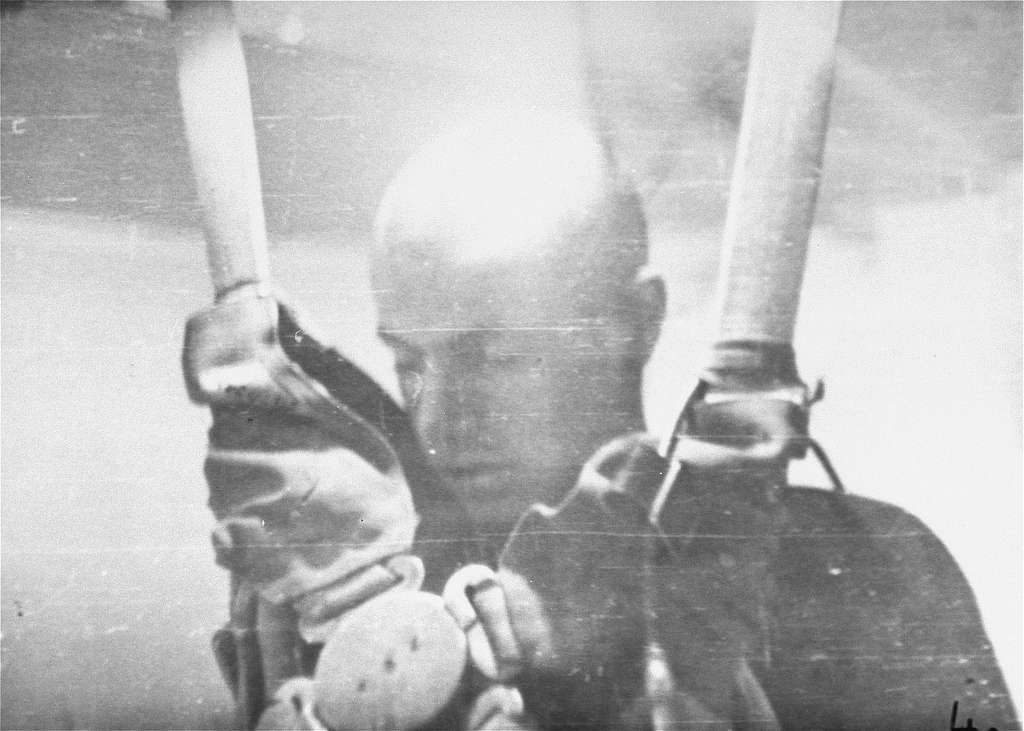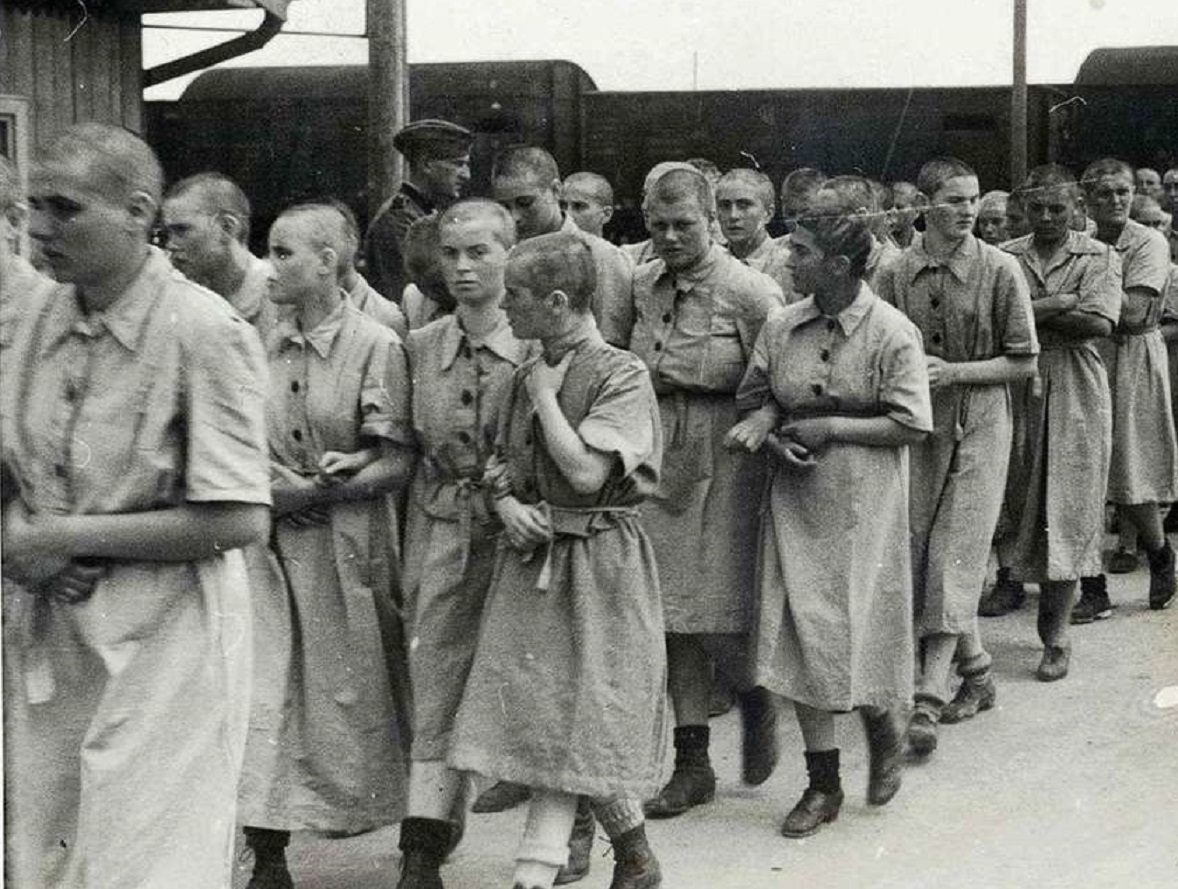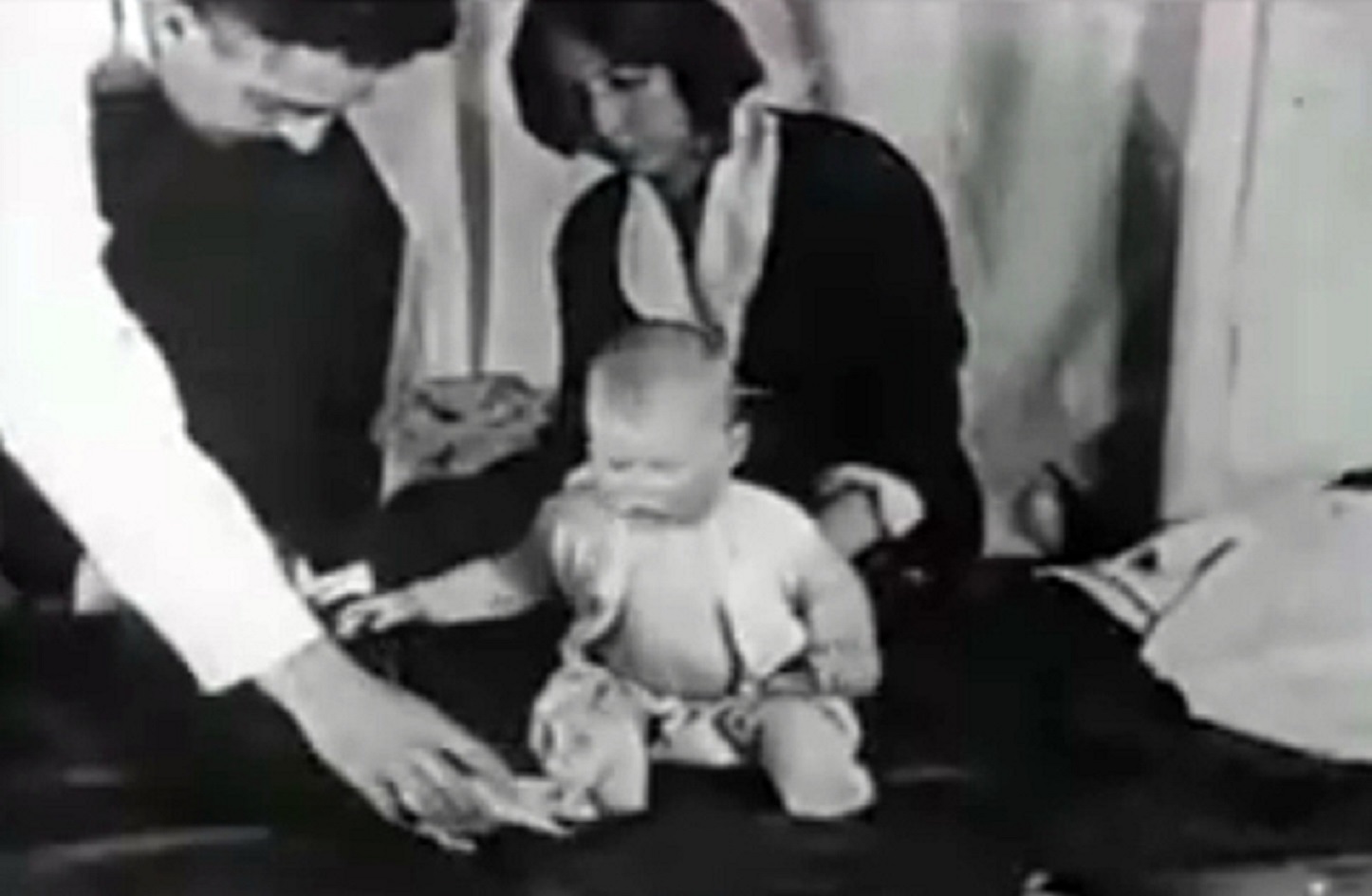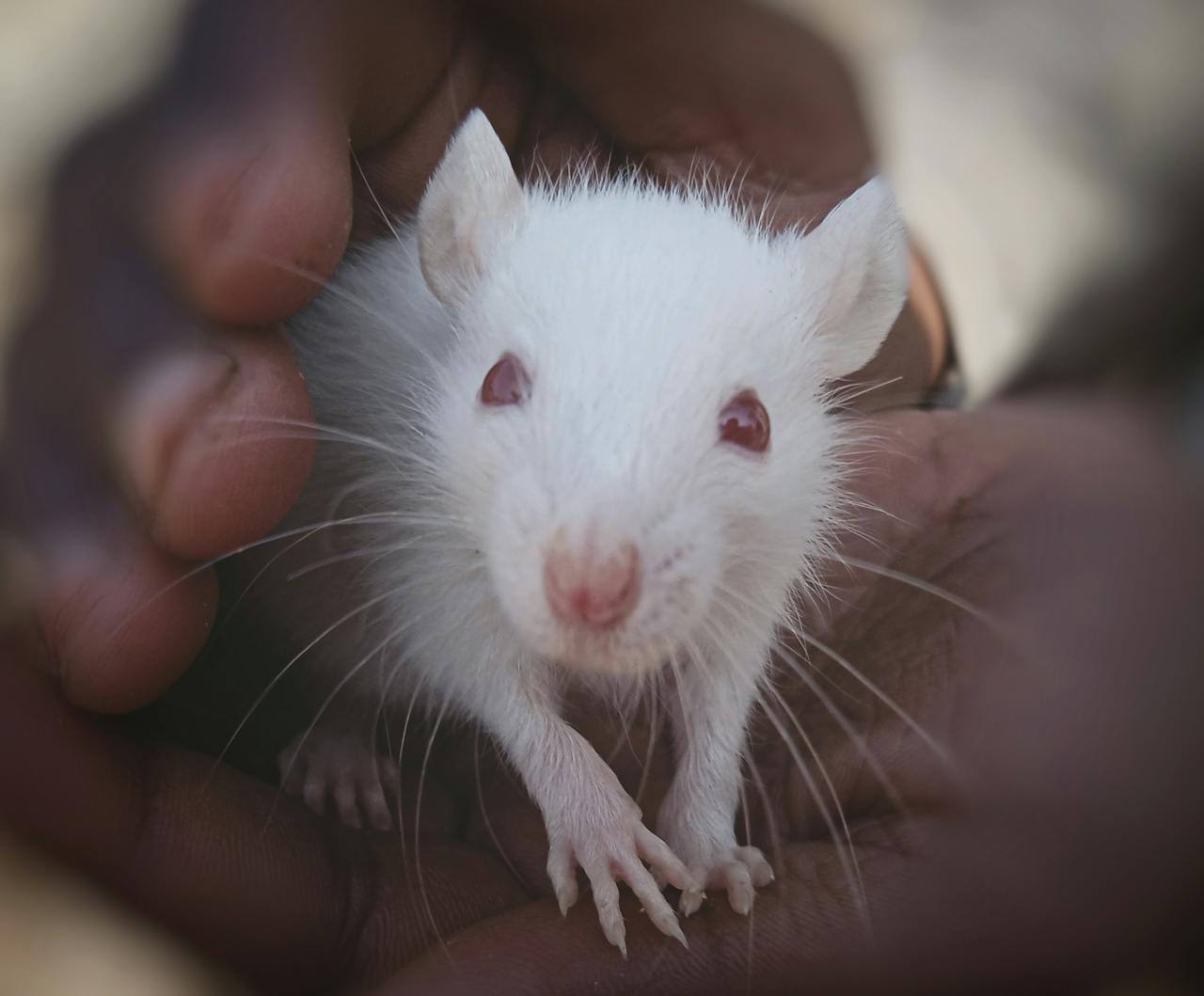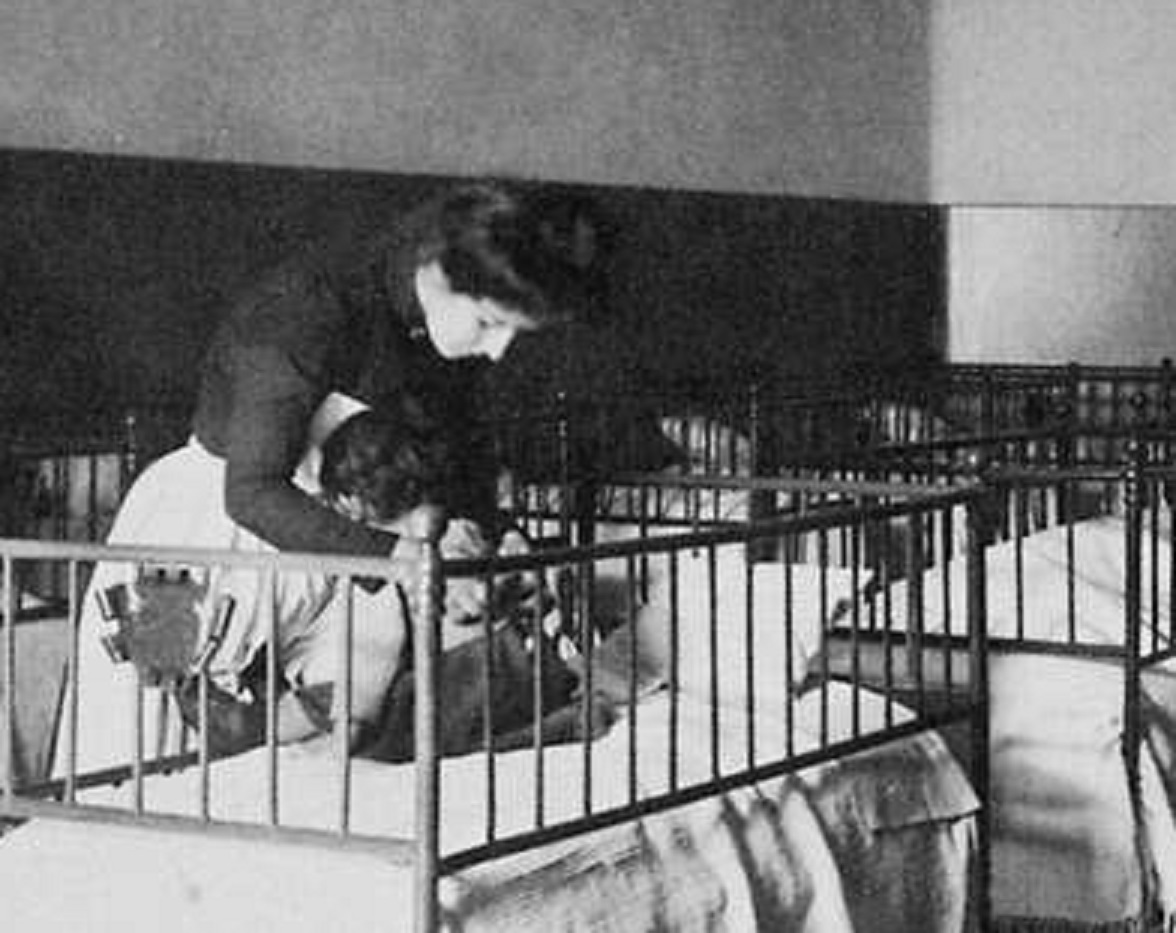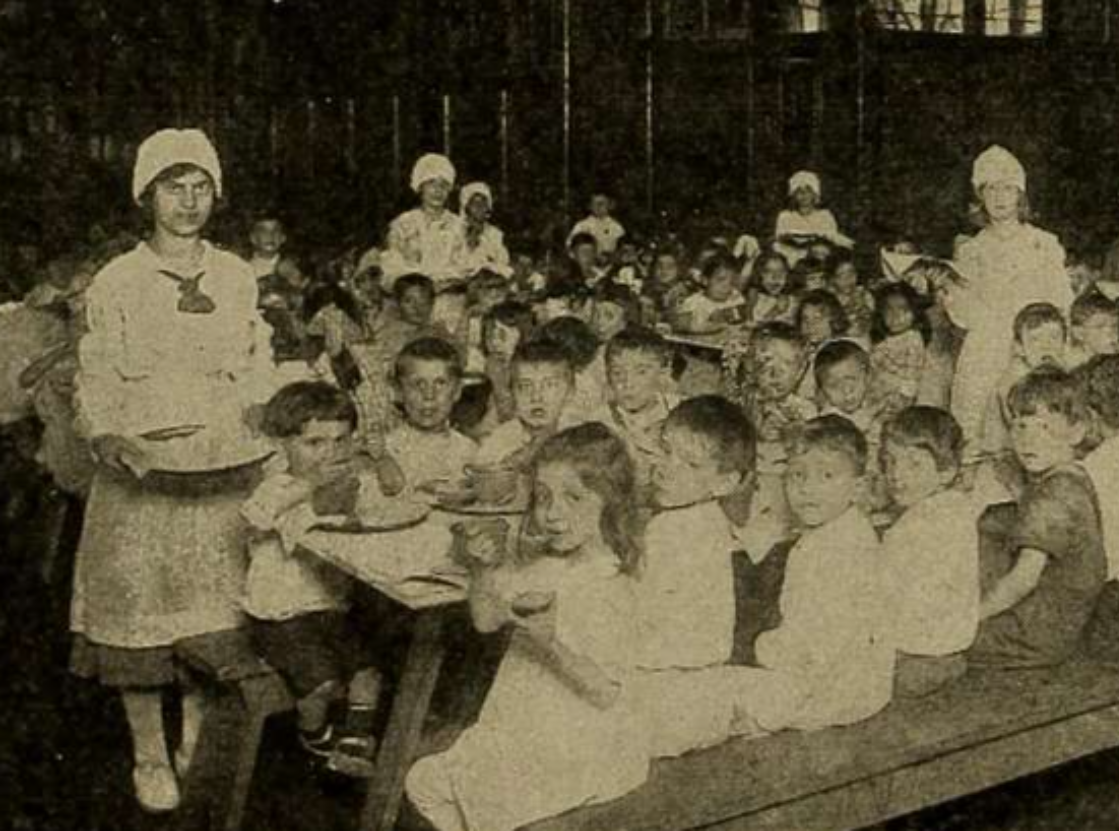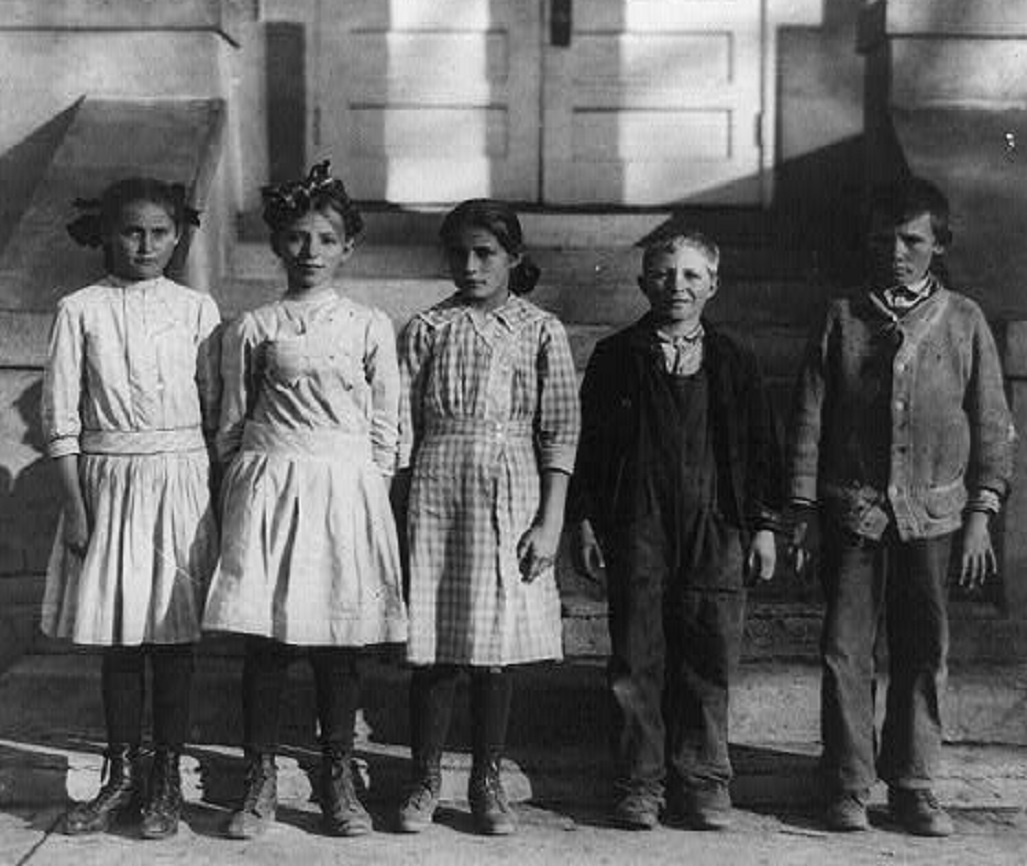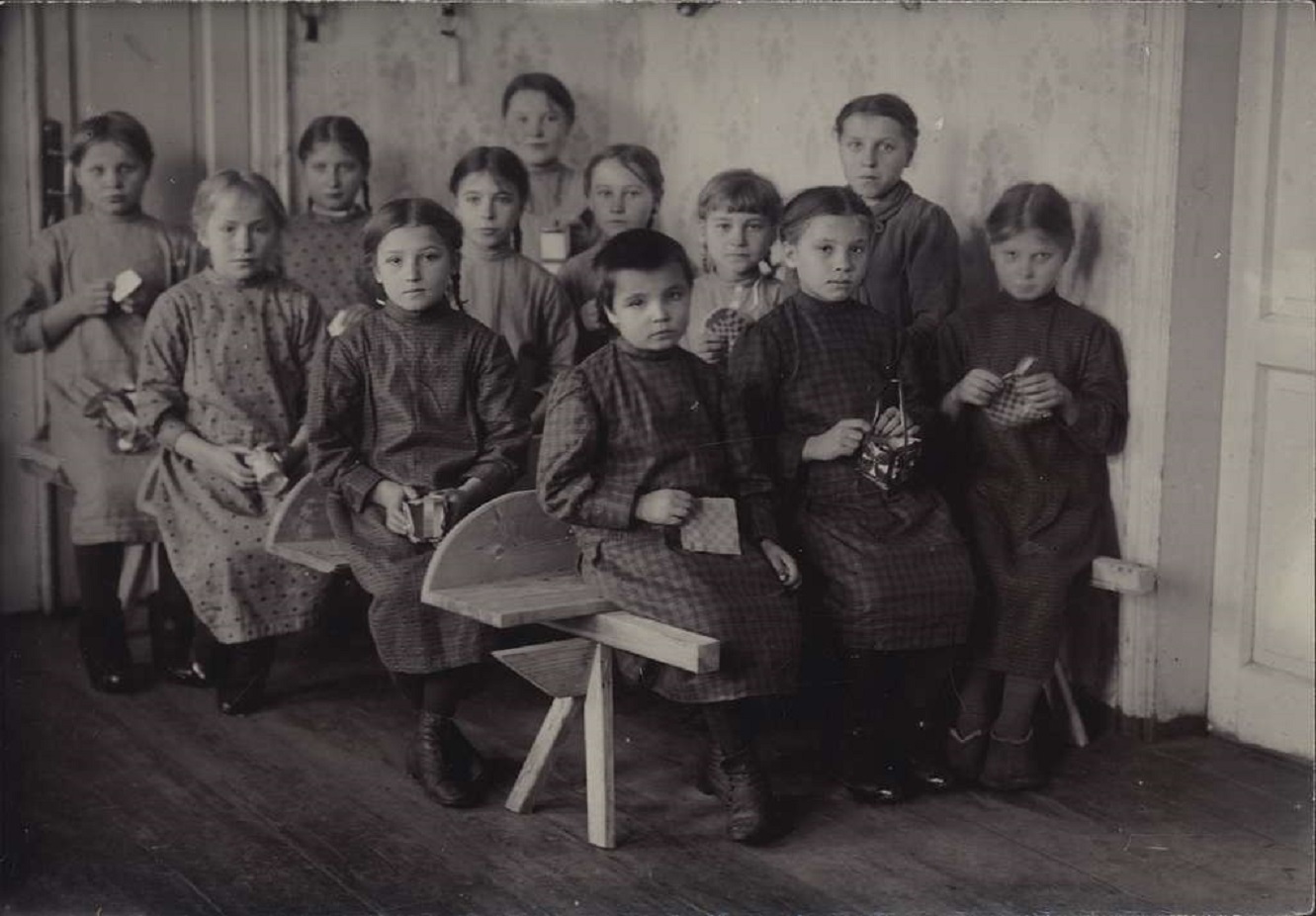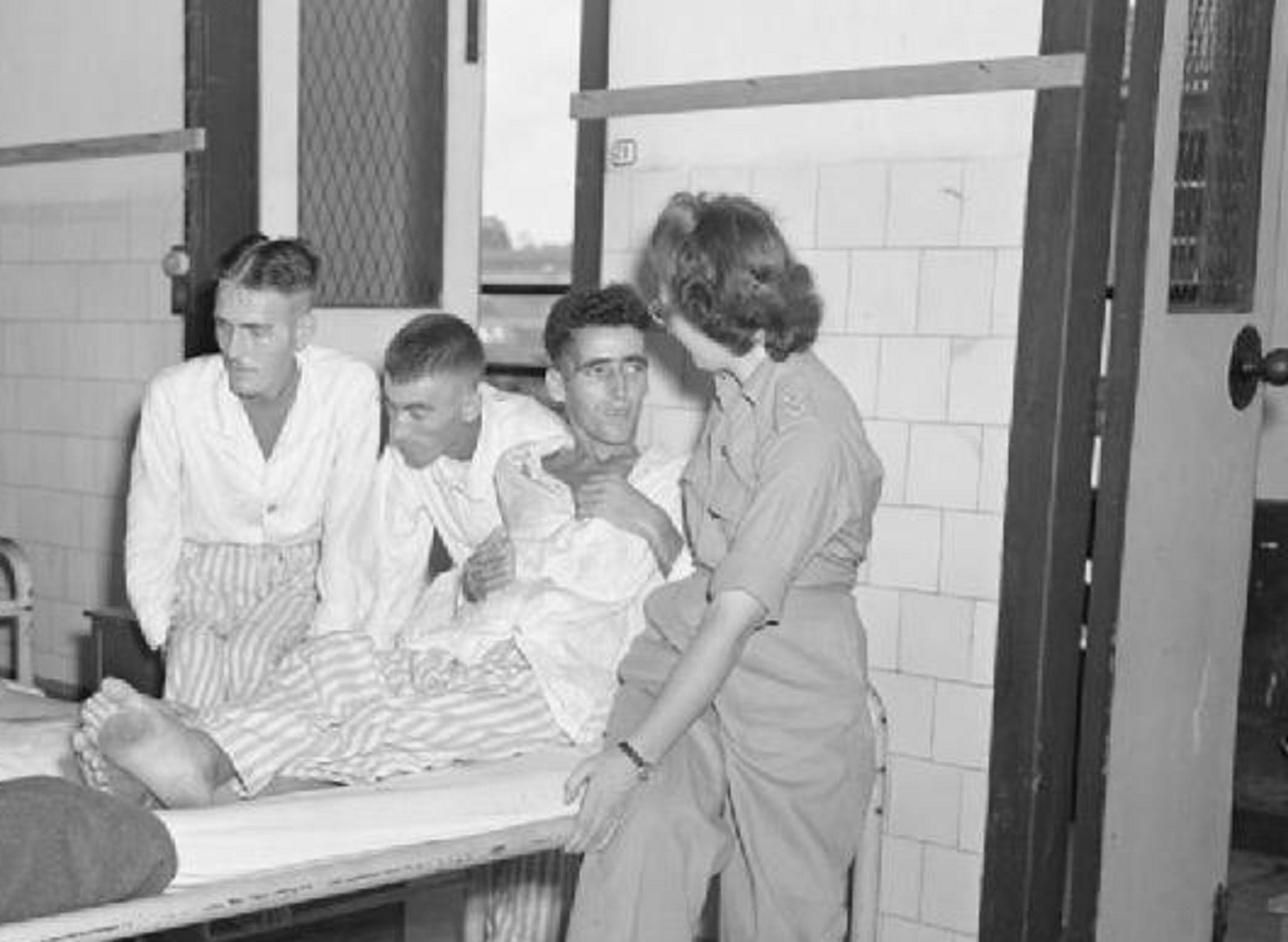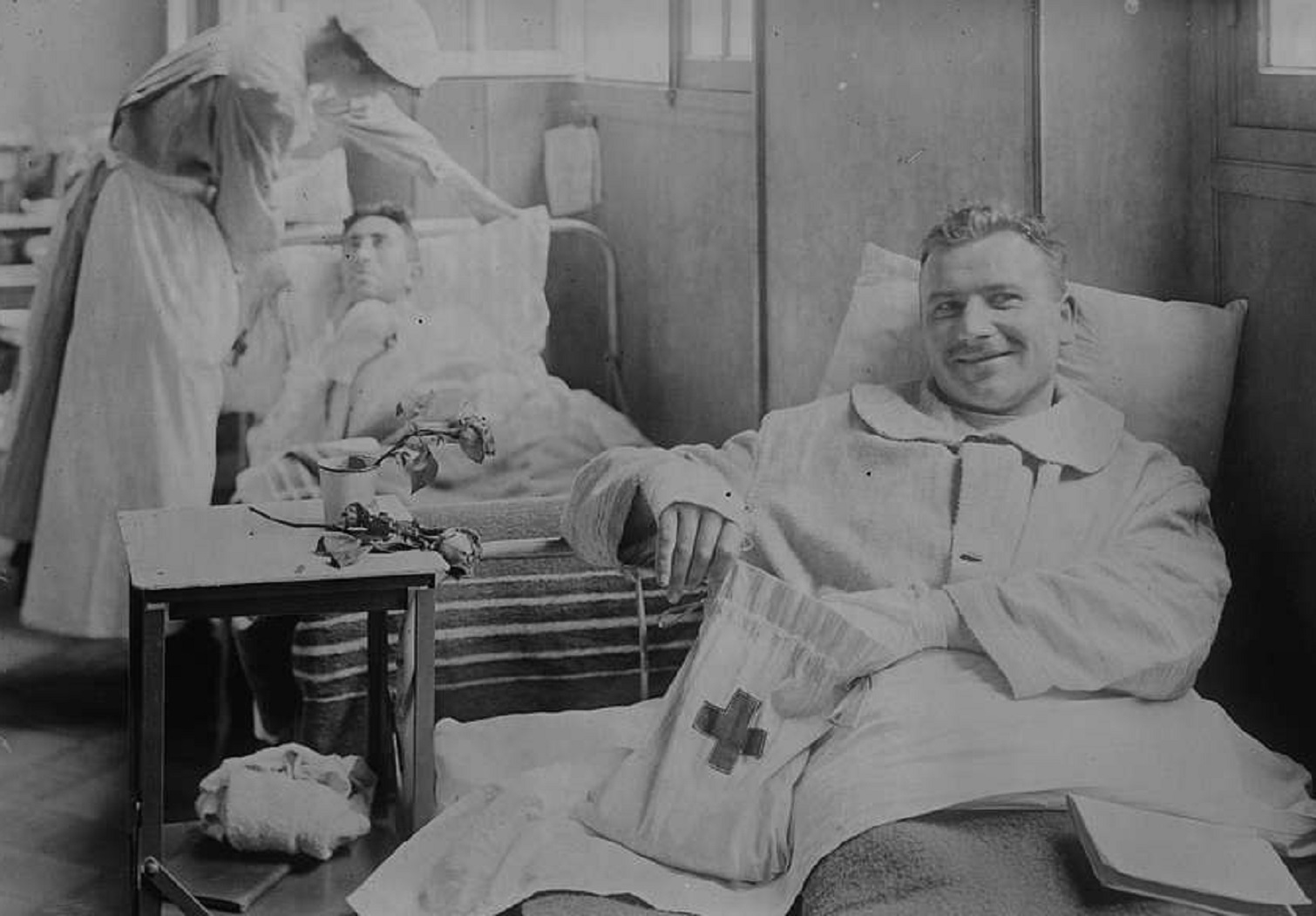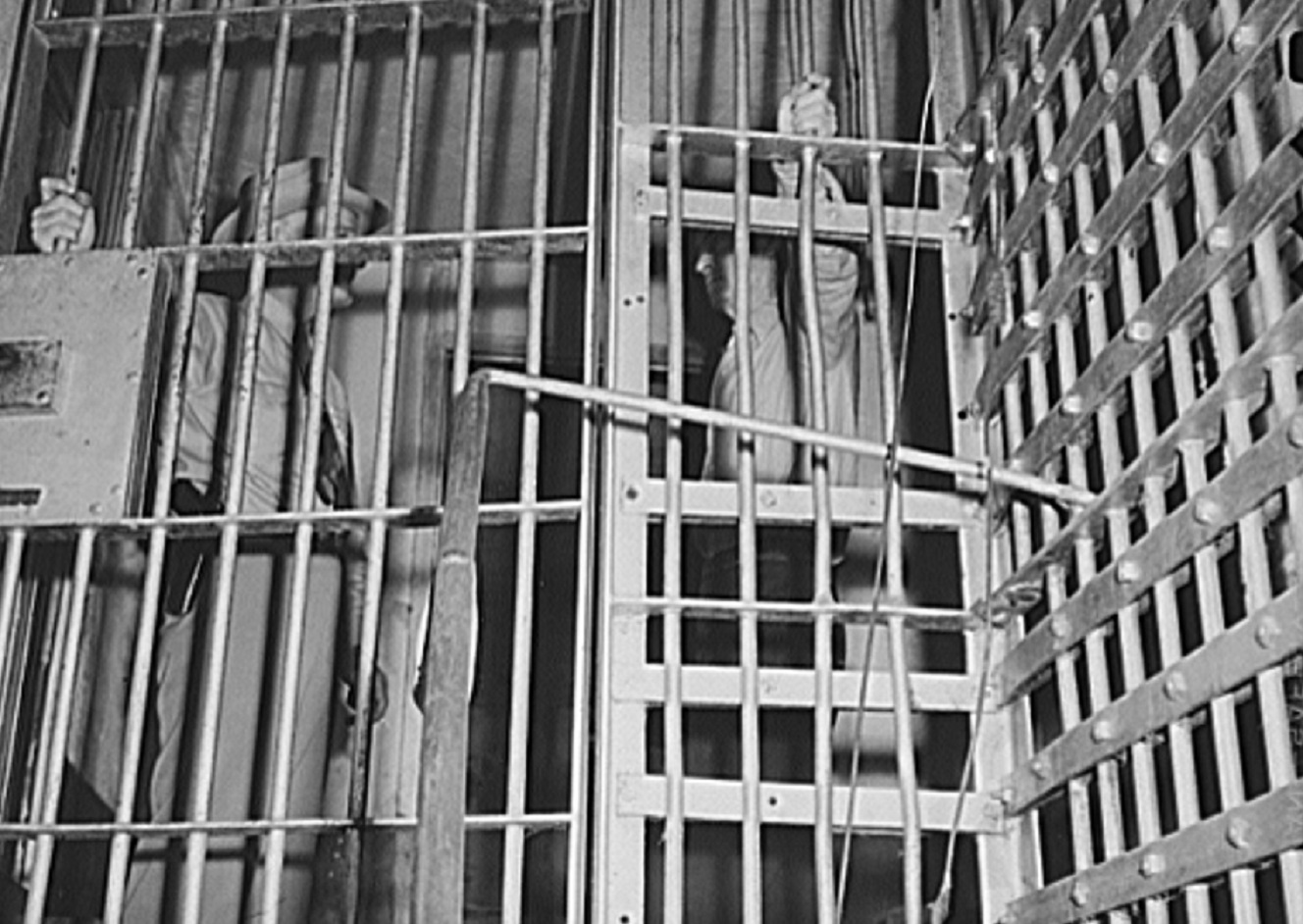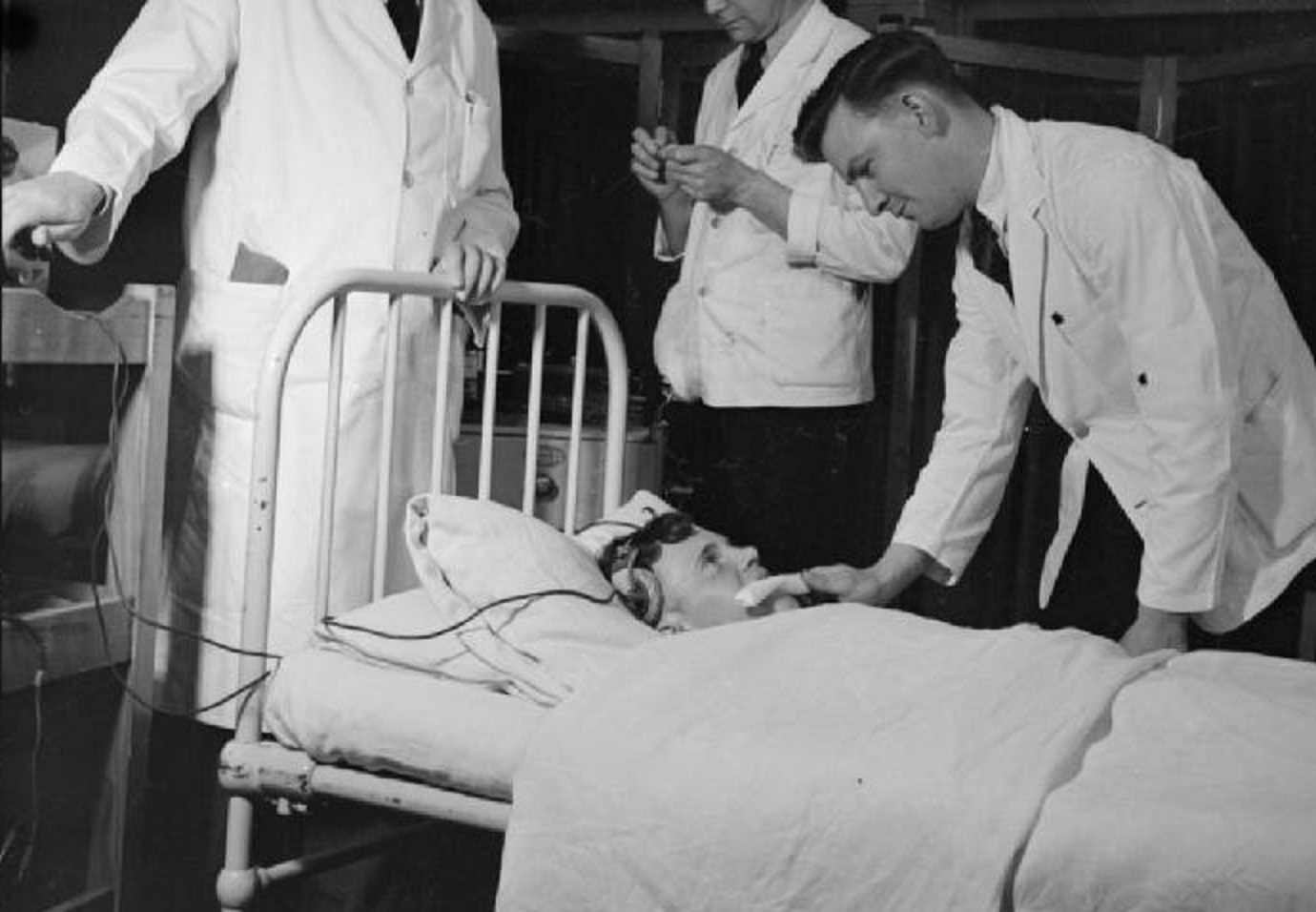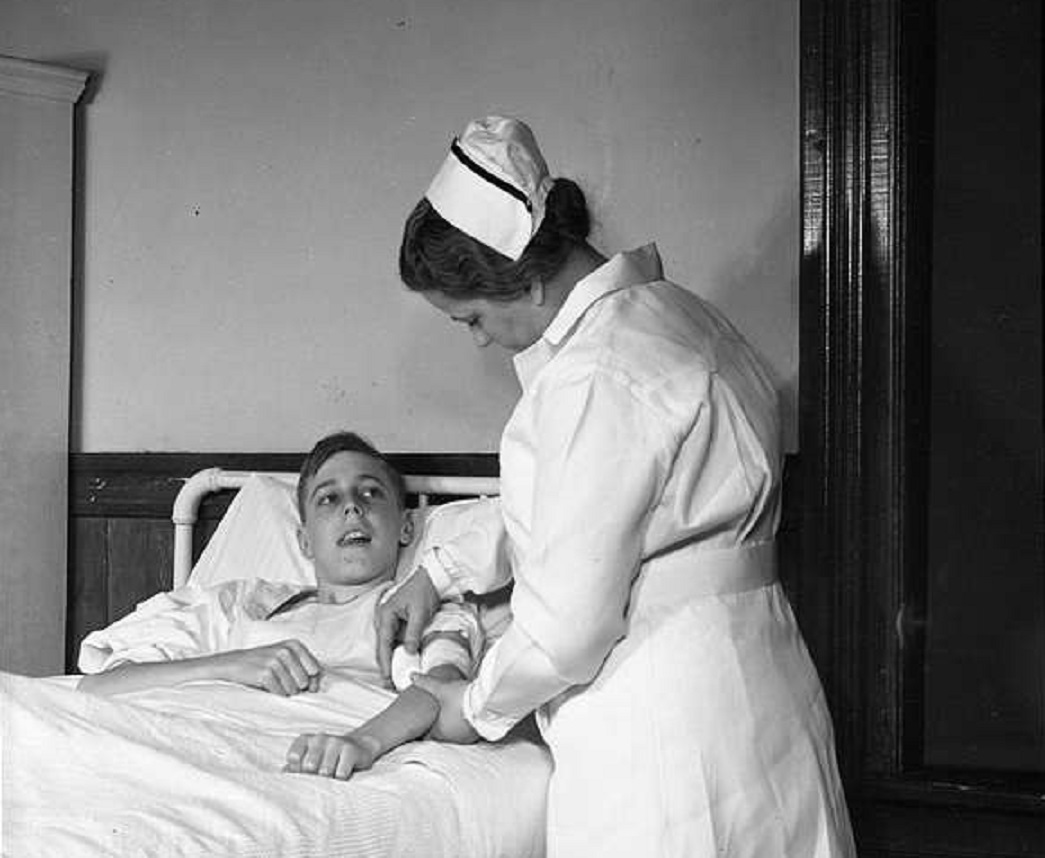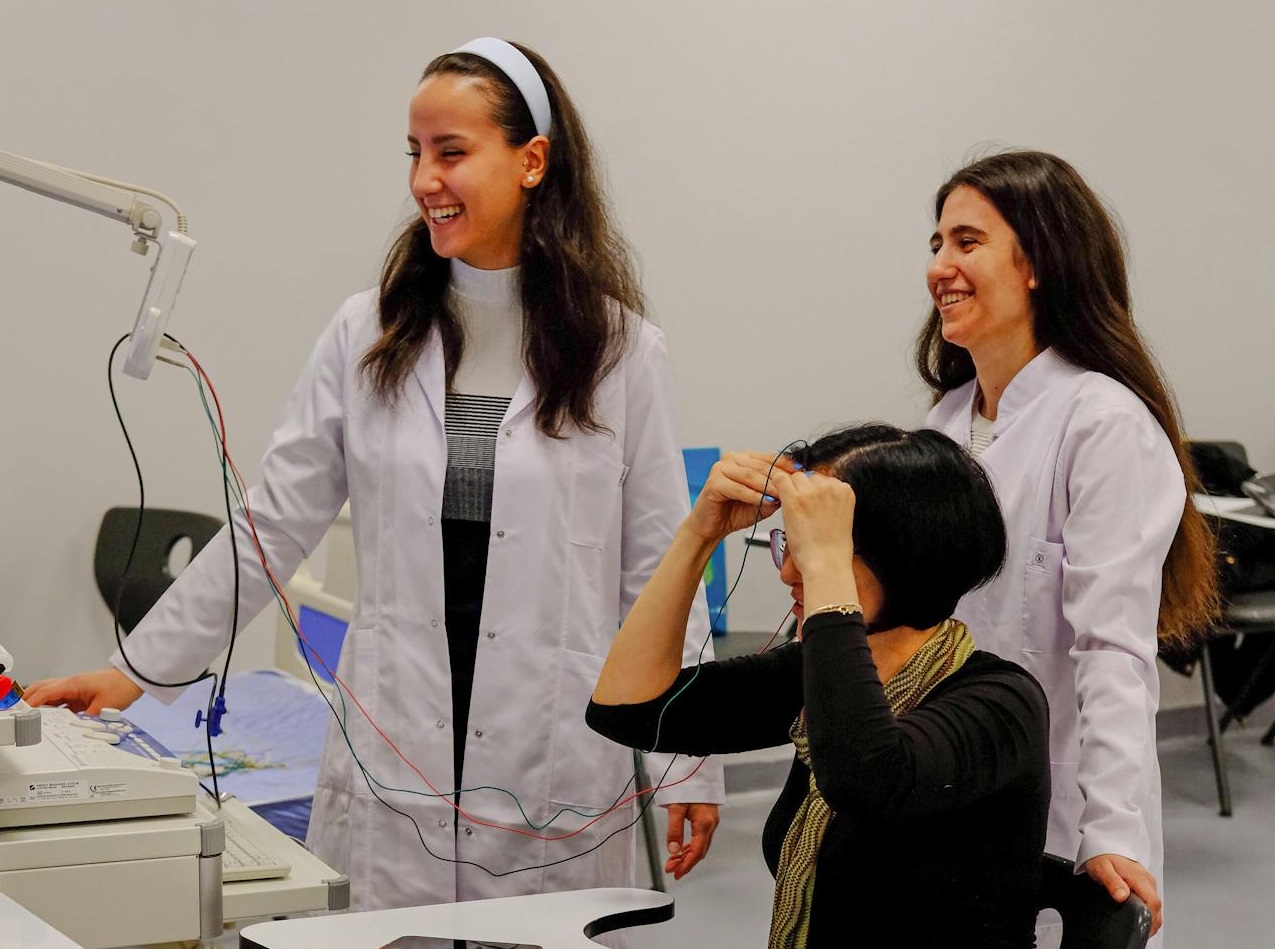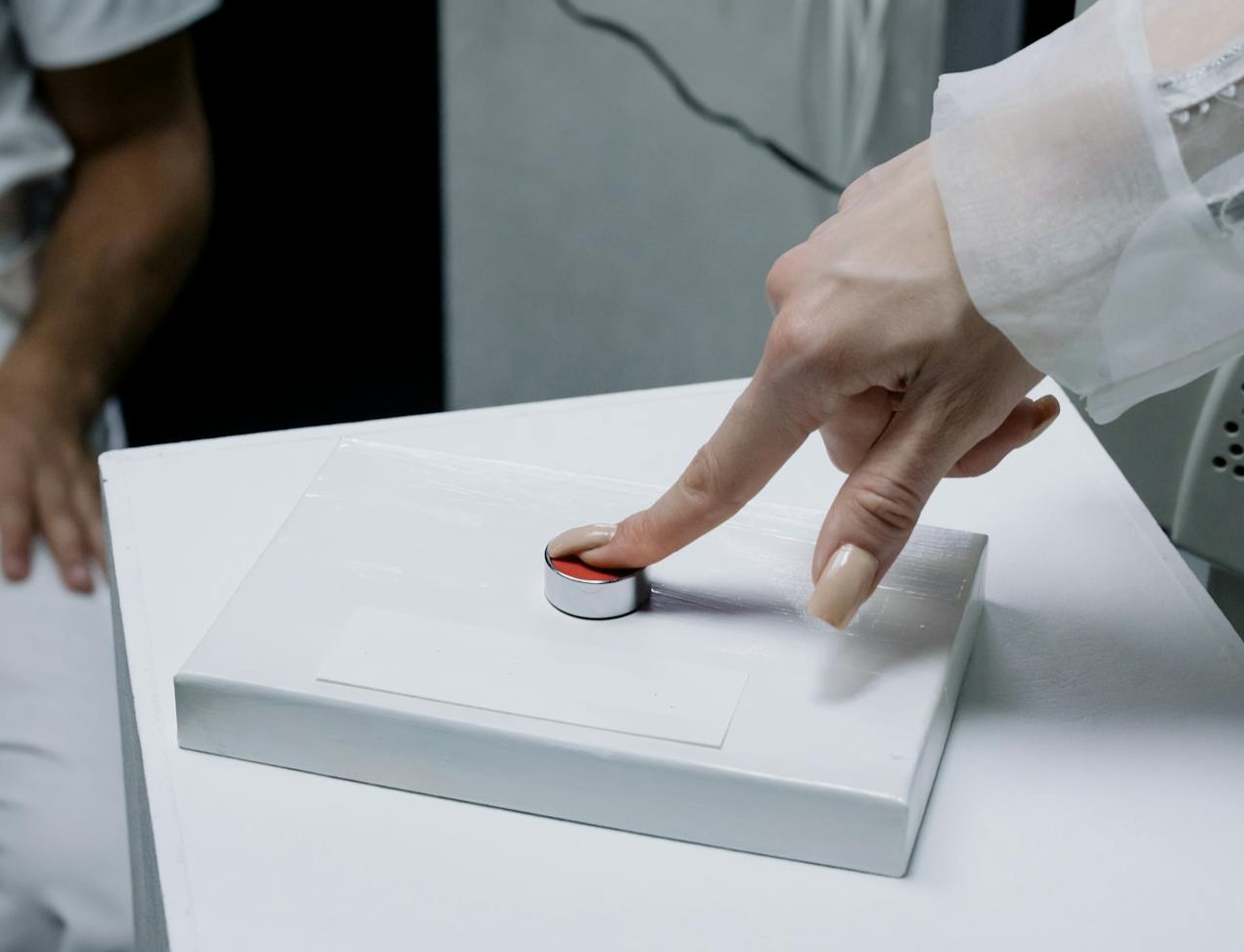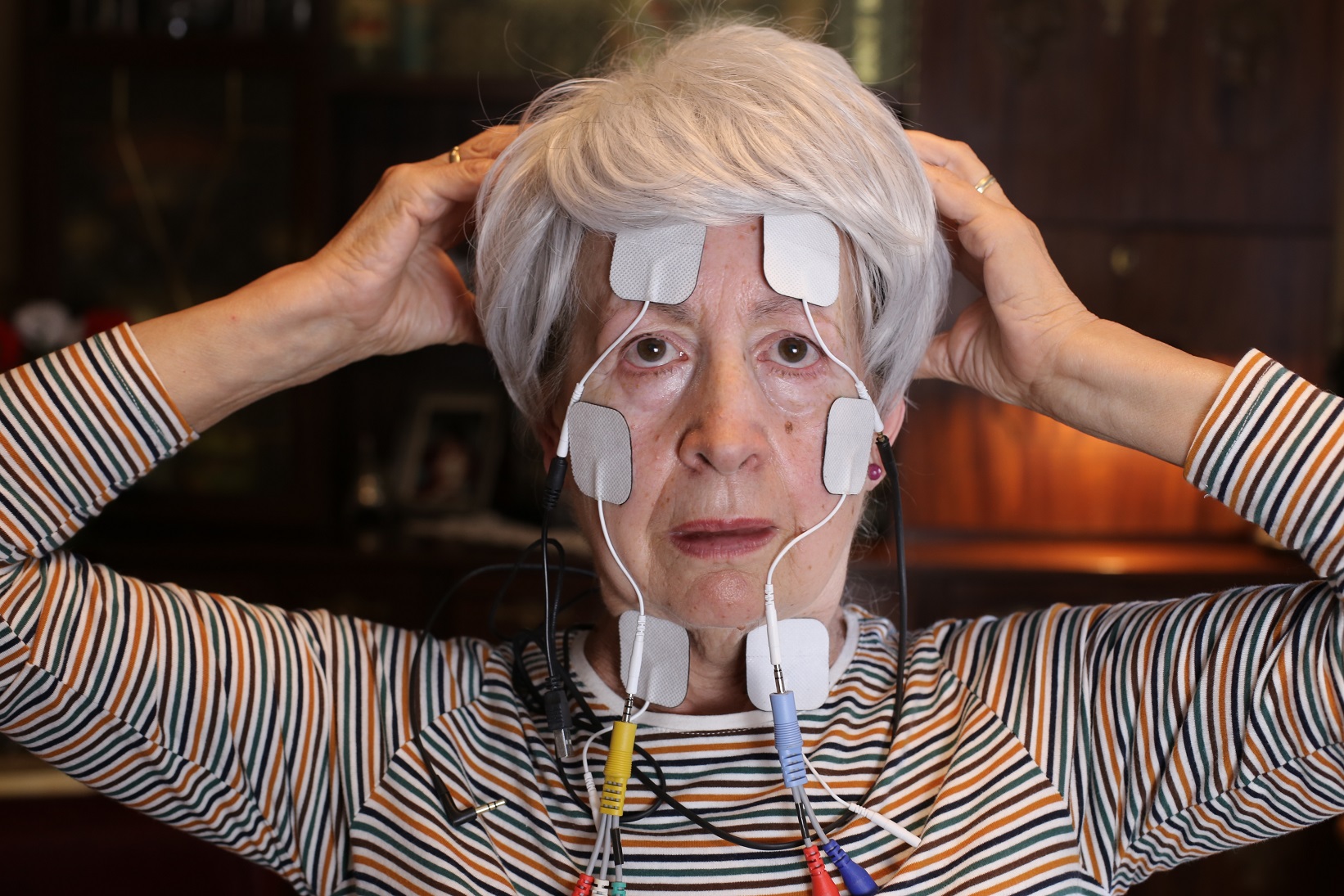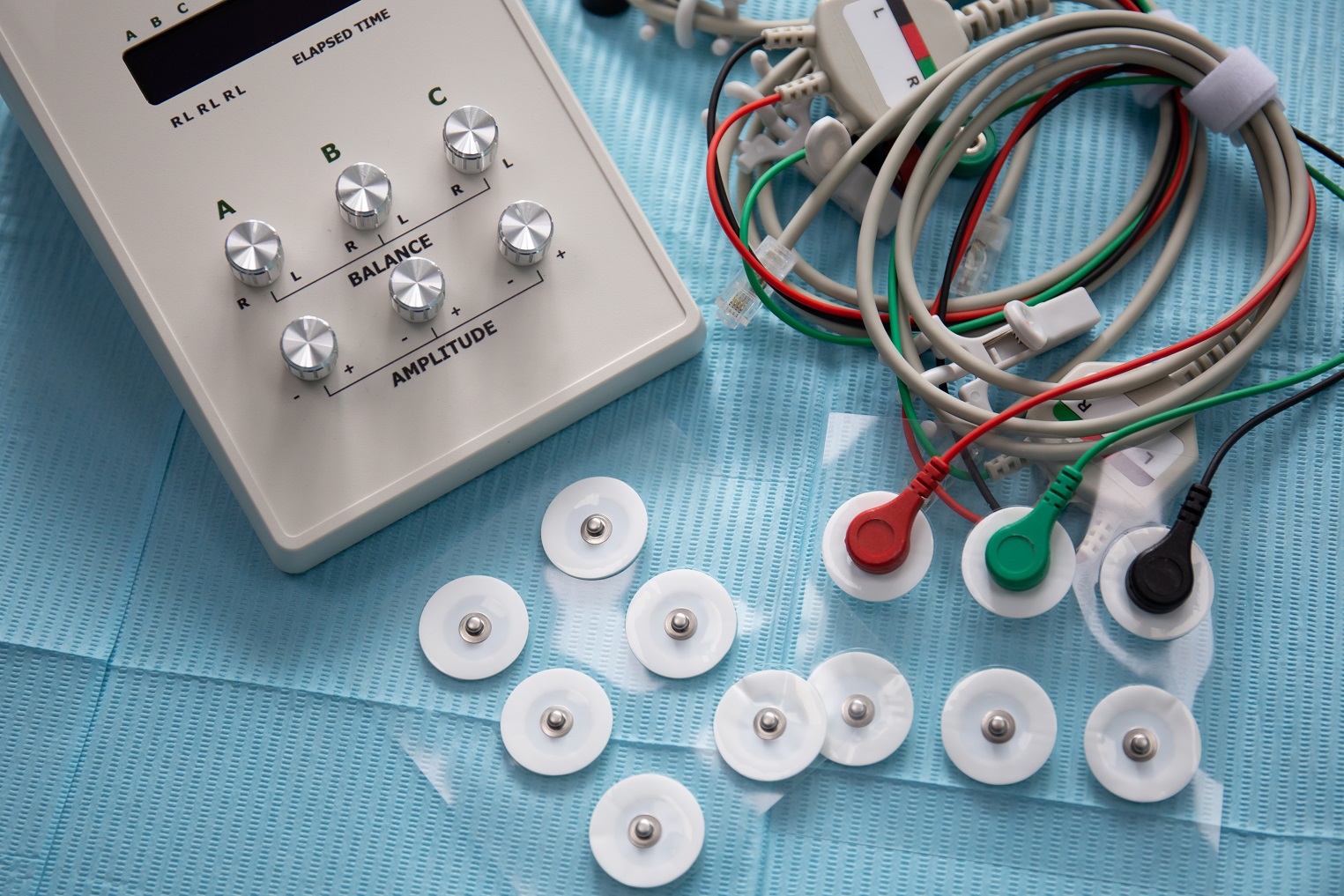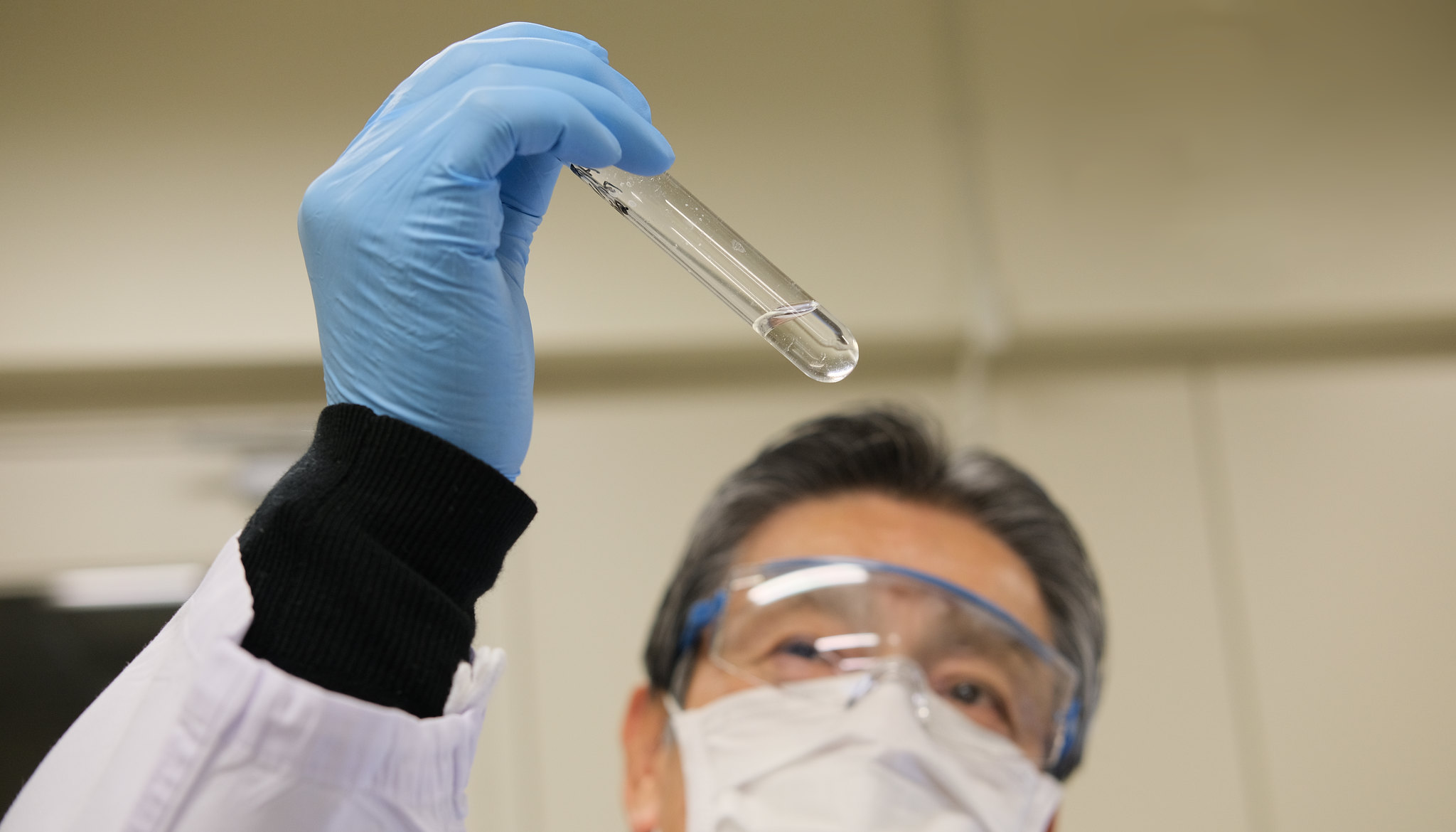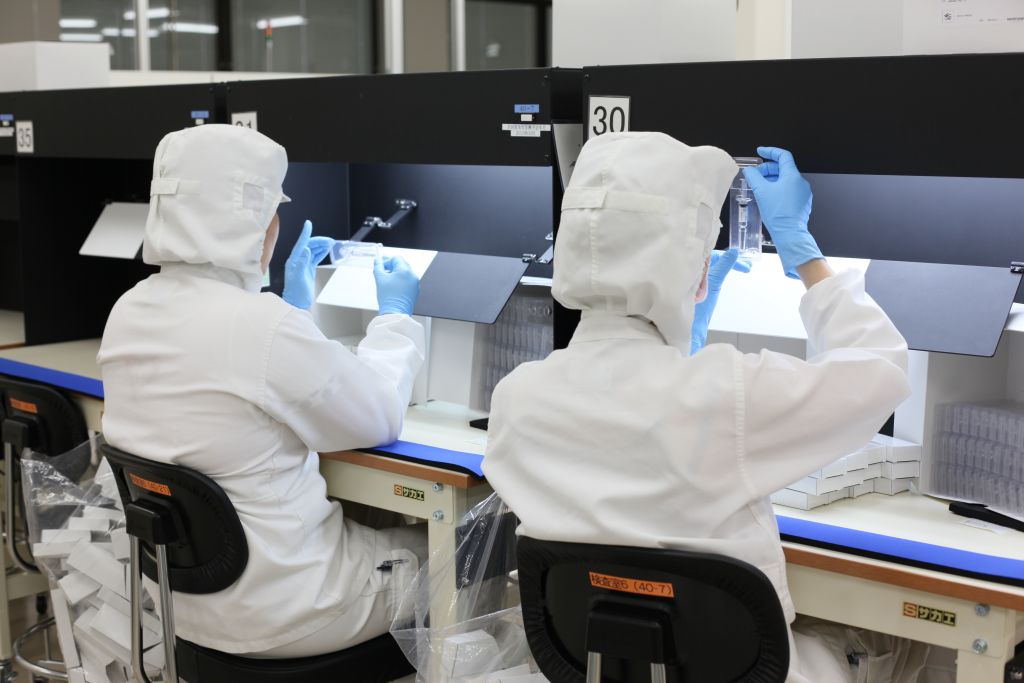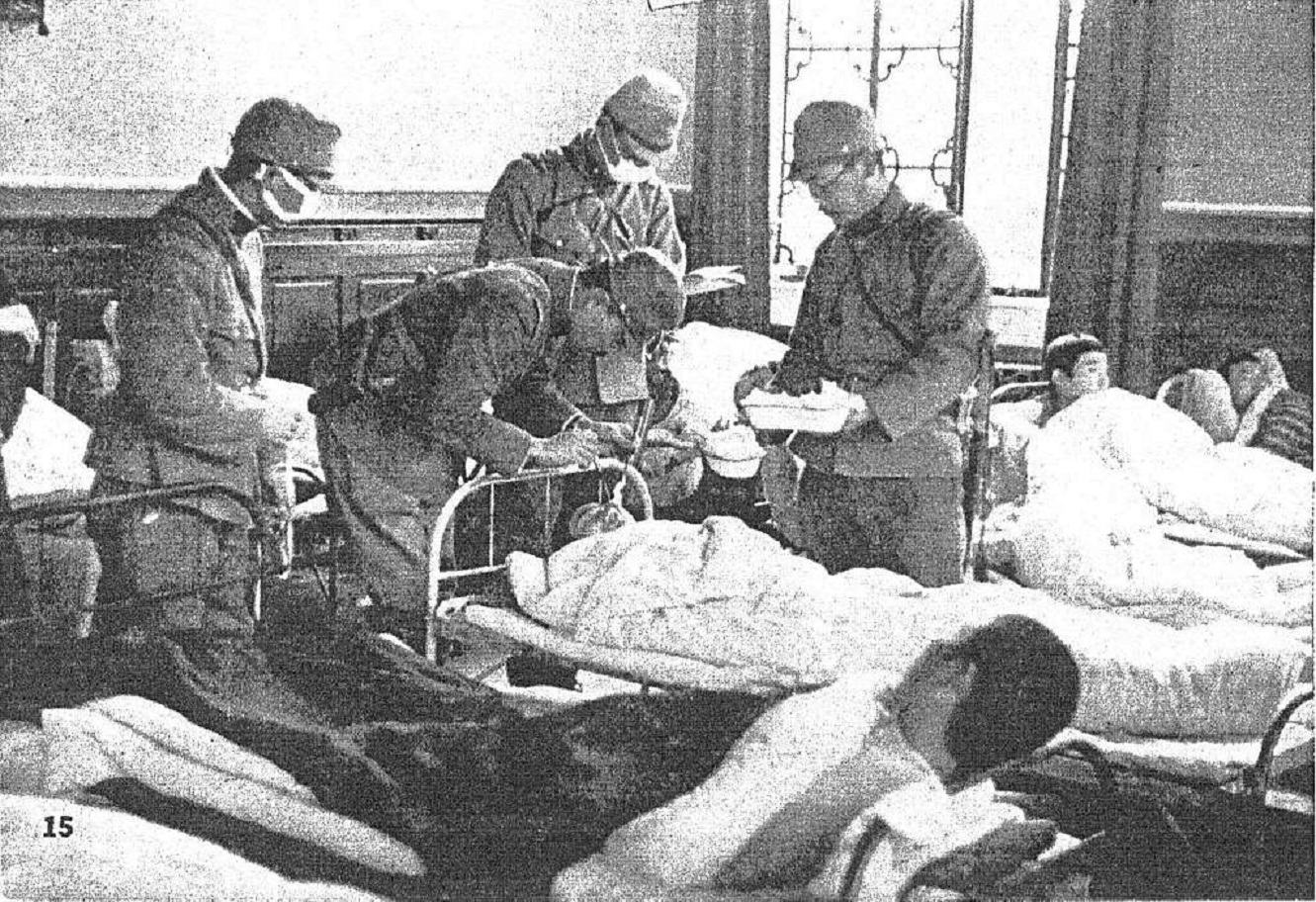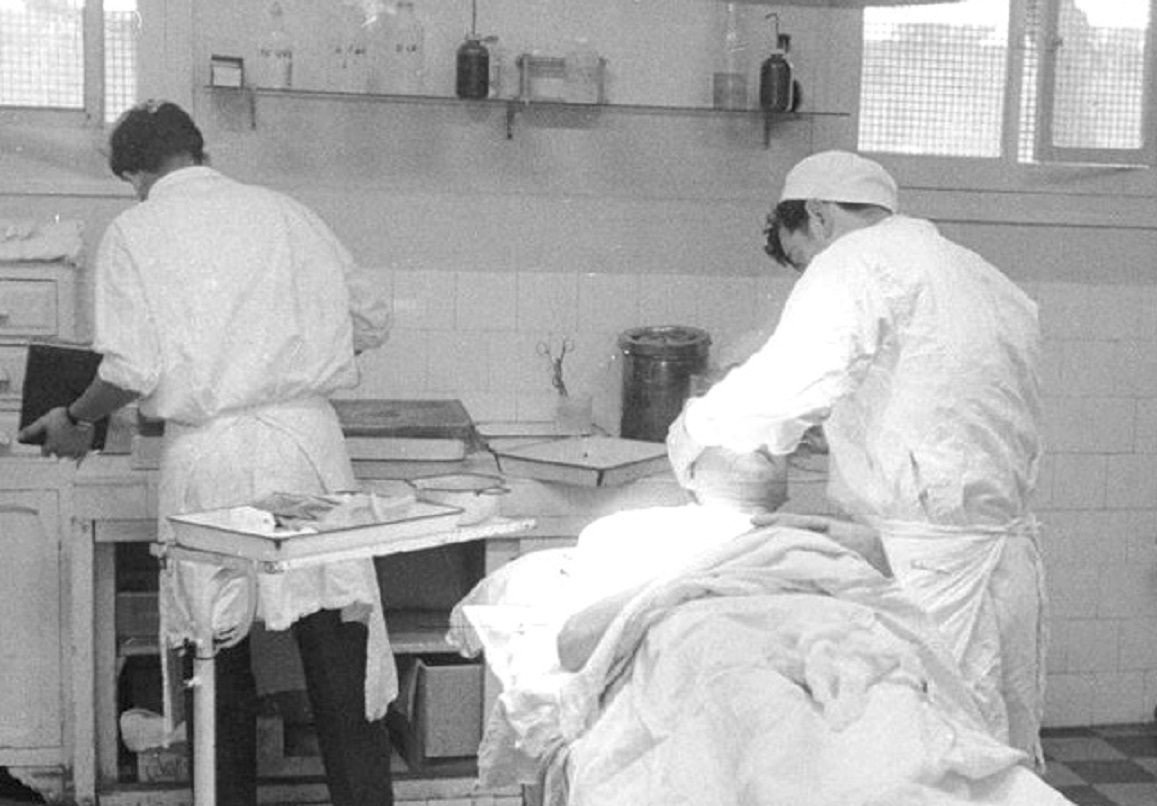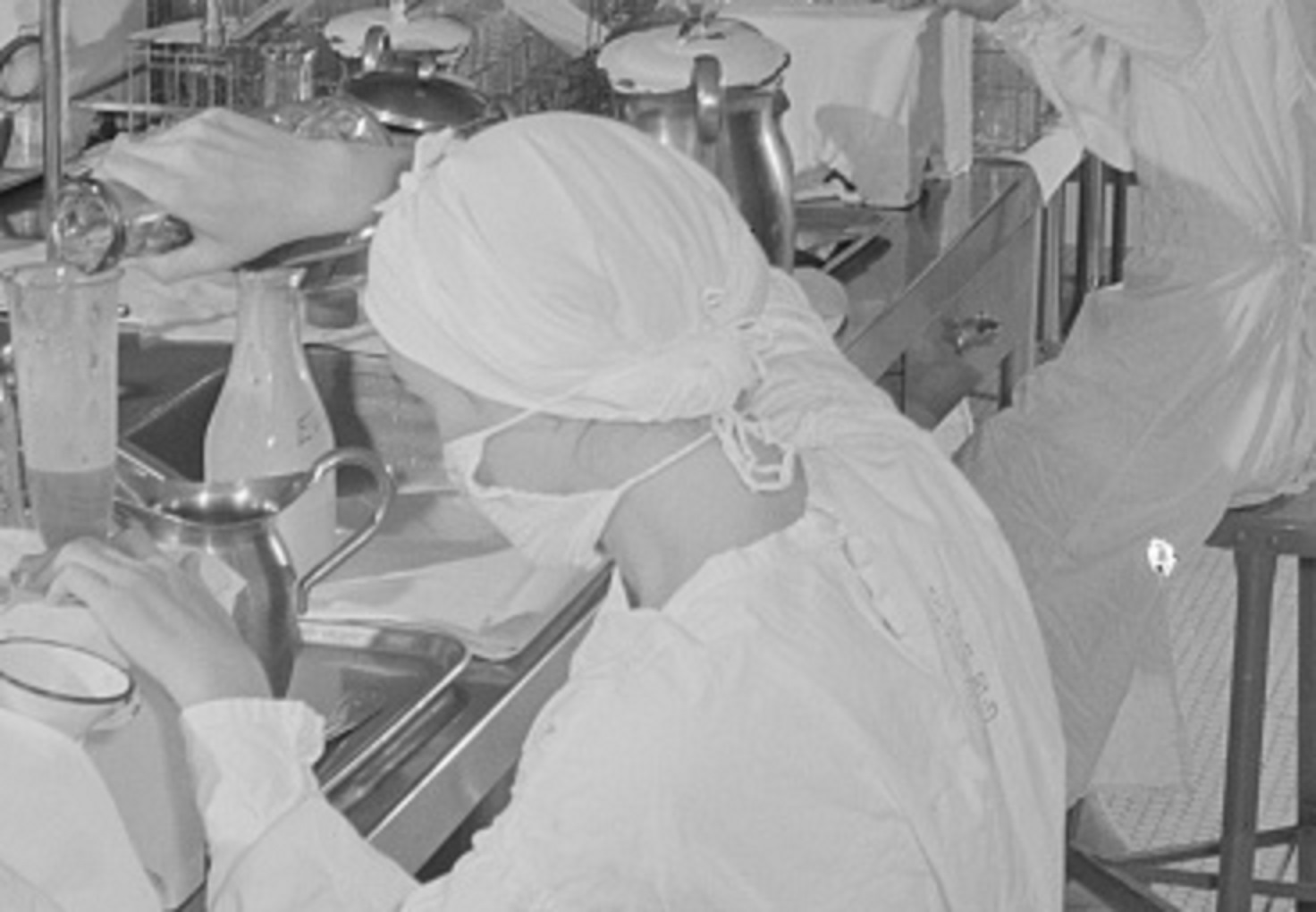Unethical Human Experimentation
The atrocities carried out by some of these doctors, scientists and political groups are horrifying, but sadly, human experiments are a very real part of our history.
These are just a handful of the most famous instances of exploitation—some that have paved the way for change.
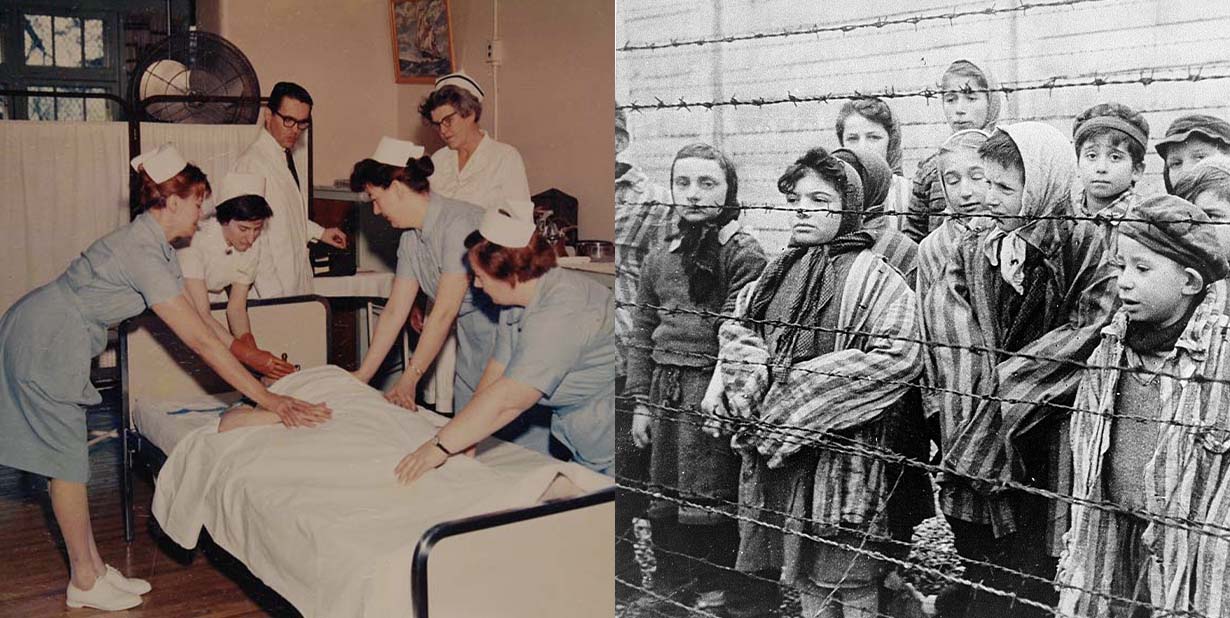
Who were the subjects?
At one point, inmates, the disabled, the physically and mentally sick, and the poor were all groups once considered fair game to use as subjects in research experiments.
Did they need permission?
No permission was necessary. Most researchers didn’t bother getting permission, and many doctors performed experiments on unwilling or unknowing subjects.
When did the rules change?
During the 1970s, the U.S. Congress changed the rules. Informed consent is now required for any government-funded medical studies that involve human subjects.
Exploitation
For many, many years, outrageous experiments were performed on humans with very little ethics involved. The exploitation and mistreatment were alarmingly high.
Here are 10 of the most appalling human-tested experiments.
Tuskegee Syphilis Study
Back in the 1920s, Syphilis was a major public health problem.
In 1928, the Julius Rosenwald Fund, a charity organization, launched a public healthcare project for blacks in the American rural south.
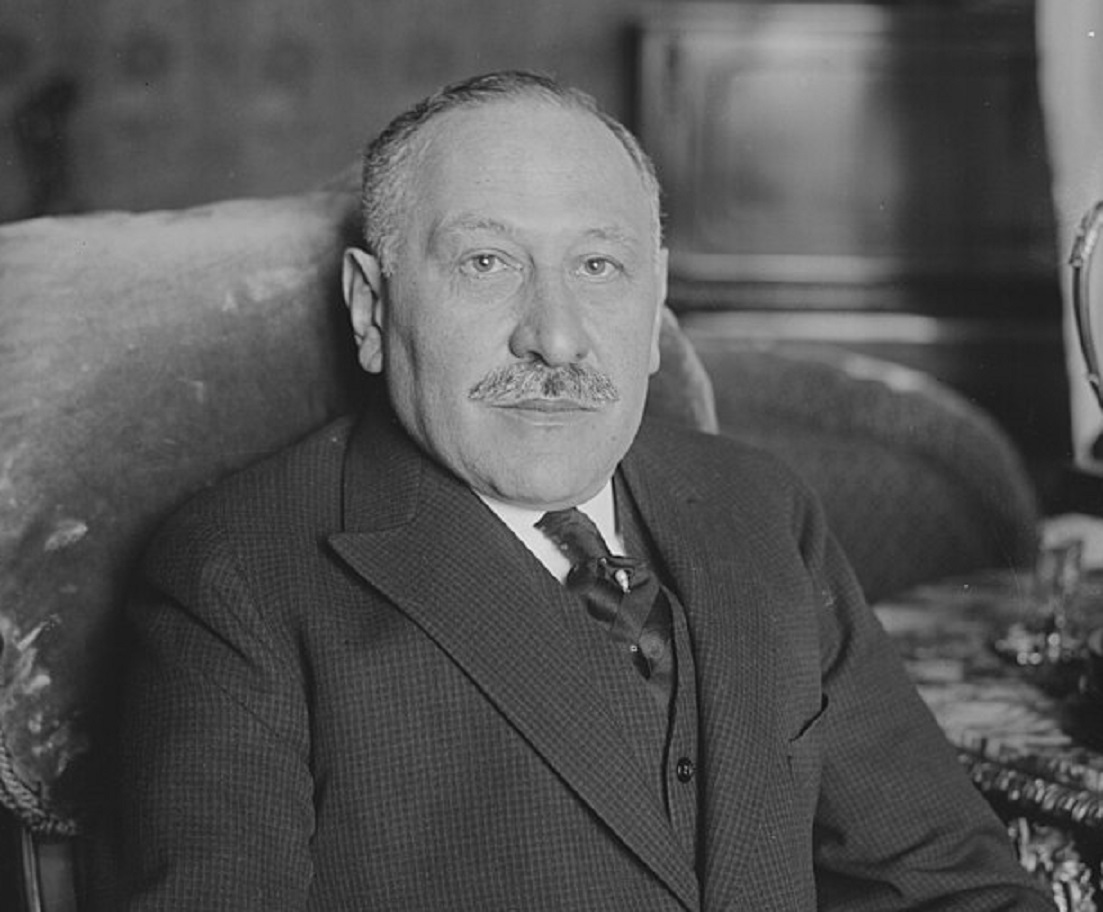 The Library of Congress, Wikimedia Commons
The Library of Congress, Wikimedia Commons
Tuskegee Syphilis Study: Funding
All was well until the Great Depression hit in 1929, and the project lost its funding. Changes were made to the program, and it was anything but good.
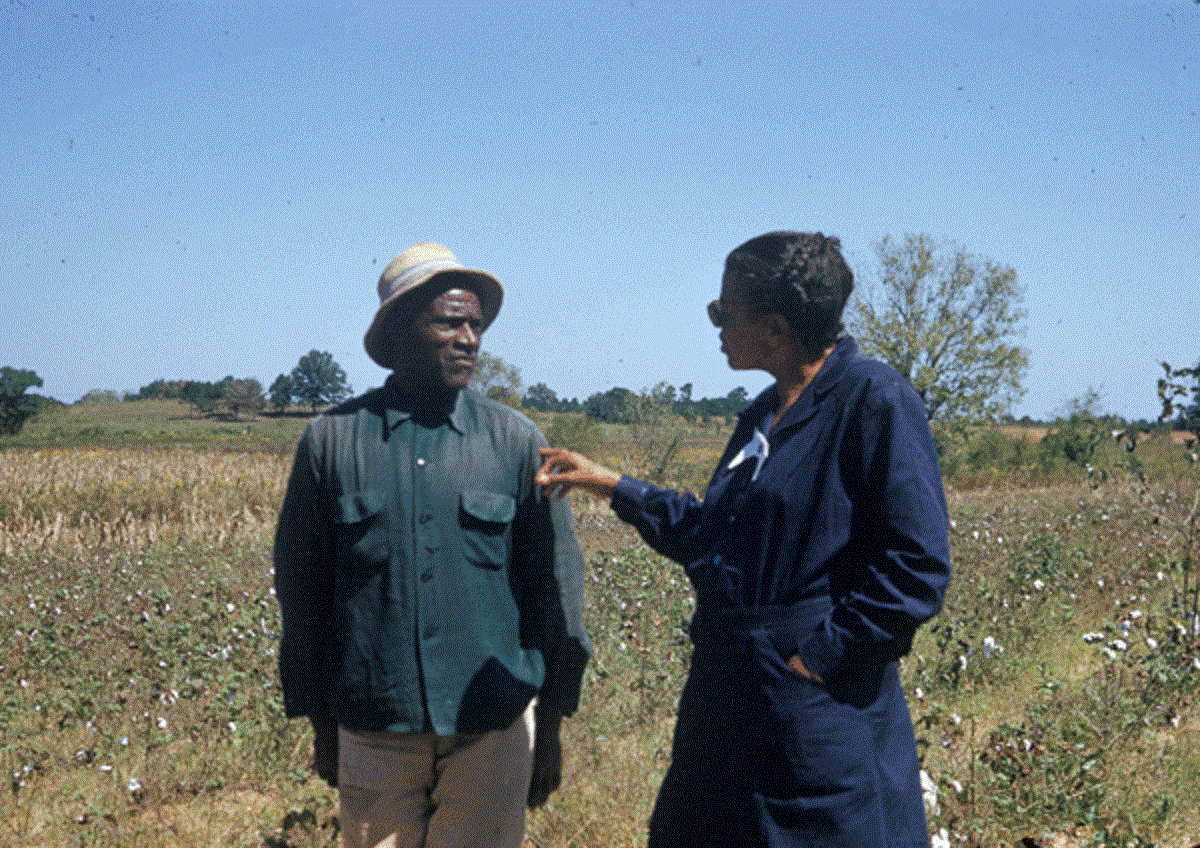 Centers for Disease Control and Prevention, Picryl
Centers for Disease Control and Prevention, Picryl
Tuskegee Syphilis Study: Bad Blood
In 1932, poor black men living in Macon County, Alabama, were instead enrolled in a program to treat what they were told was their "bad blood"—a term, at the time, used in reference to everything from anemia to fatigue to syphilis.
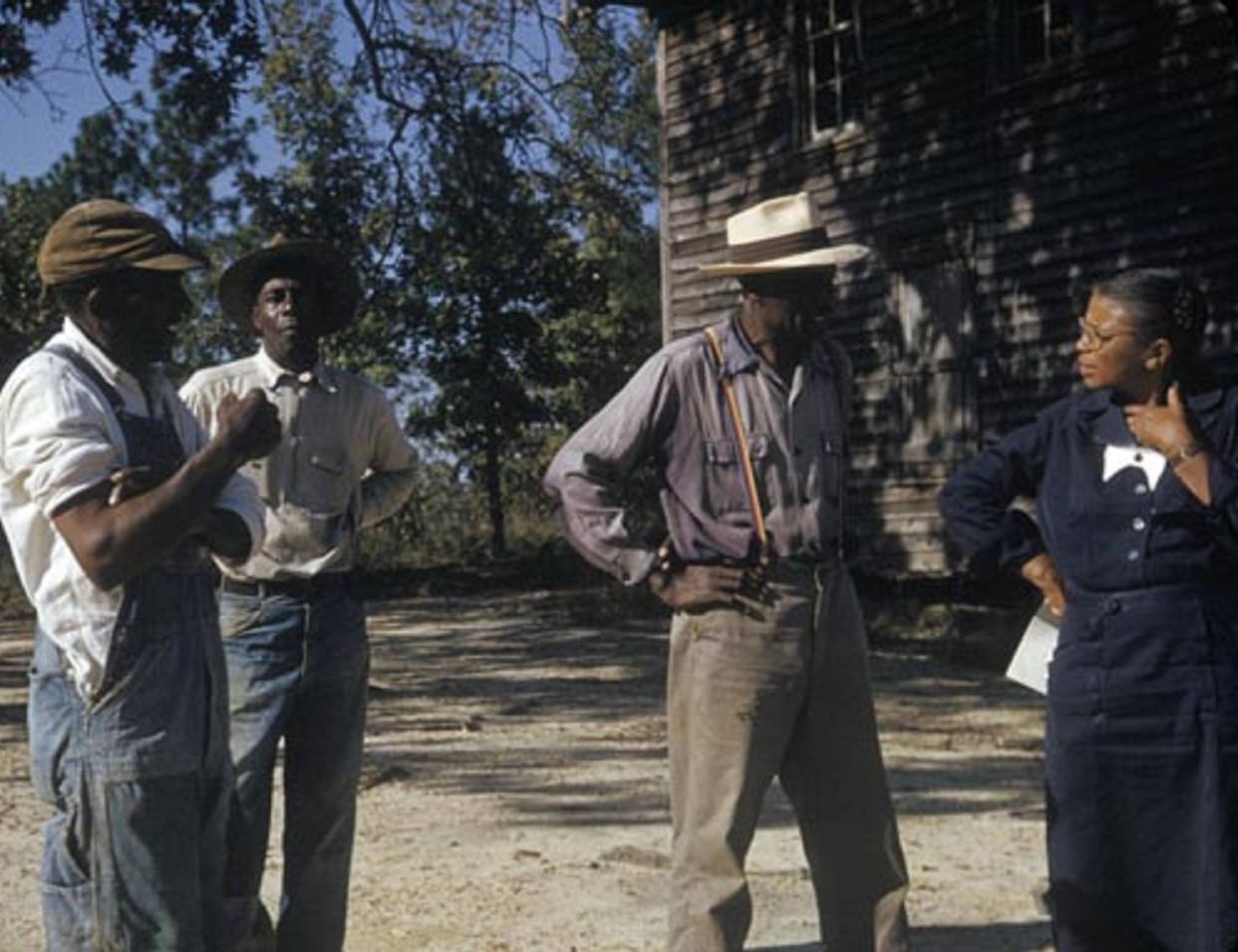 Centers for Disease Control and Prevention, Picryl
Centers for Disease Control and Prevention, Picryl
Tuskegee Syphilis Study: Free Medical Care
The men were told they were getting free medical care, free food, and other amenities such as burial insurance, as a result of participating in the study.
But they didn’t know it was all a sham.
Tuskegee Syphilis Study: The Truth
In fact, the men had no idea they had even tested positive for syphilis. They also did not know that they were taking part in a government experiment studying untreated syphilis.
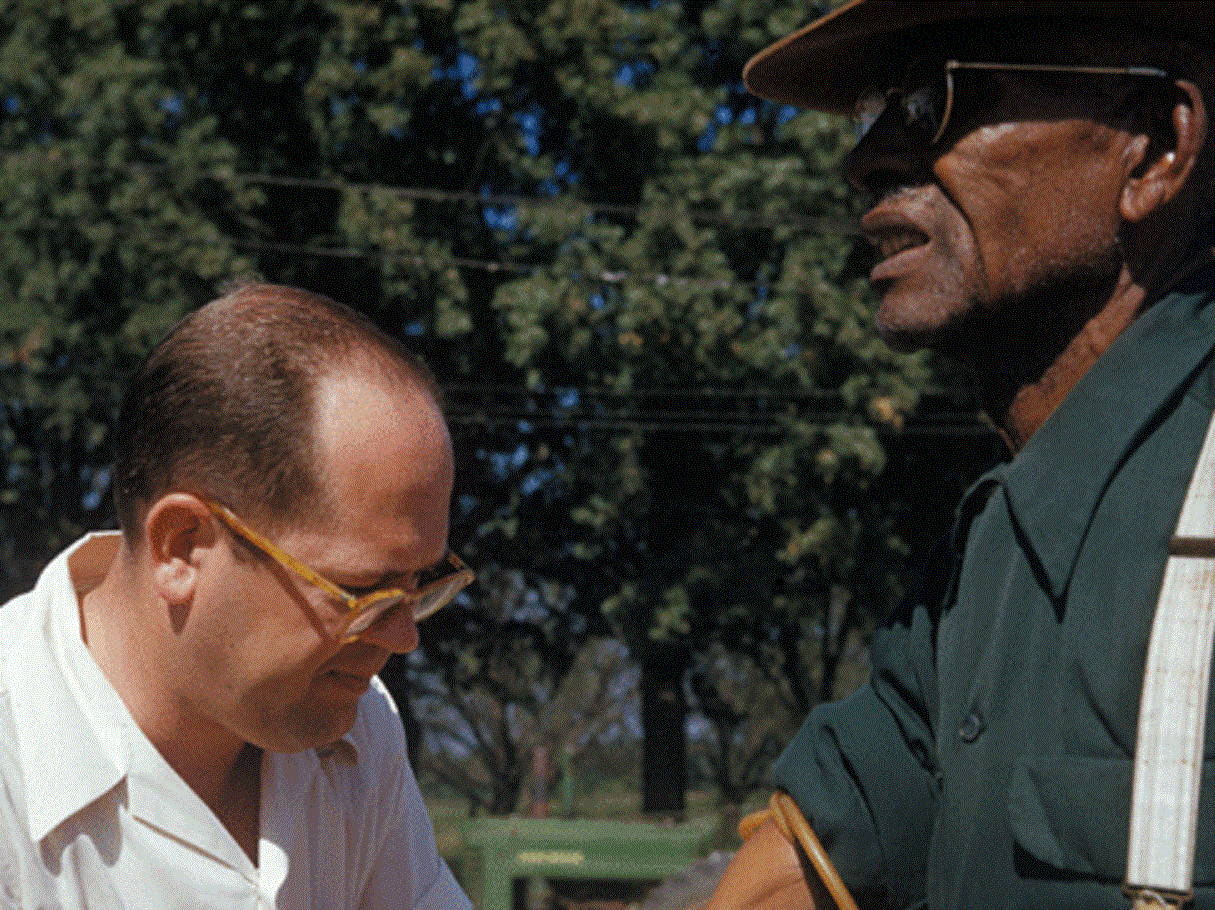 Centers for Disease Control and Prevention, Picryl
Centers for Disease Control and Prevention, Picryl
Tuskegee Syphilis Study: Years
The study went on for years, and none of the men were actually treated for syphilis at all. It continued even after penicillin came out and became the go-to treatment for the infection in 1945, and after Rapid Treatment Centers were established in 1947.
Tuskegee Syphilis Study: The End of the Study
Despite ethical concerns back in the 1930s, the study didn’t actually end until 1972 after the media caught wind of the experiments and reported on the multi-decade experiment and subsequently, the public outraged.
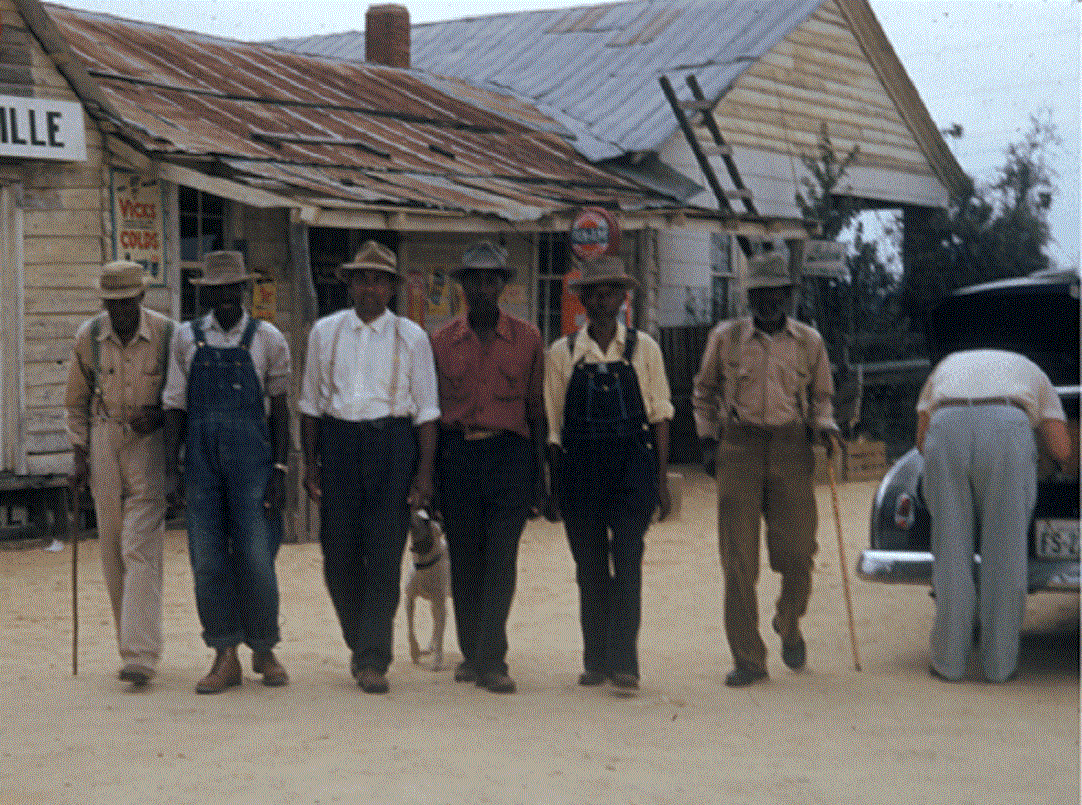 Centers for Disease Control and Prevention, Picryl
Centers for Disease Control and Prevention, Picryl
The Nazi Medical Experiments
During WWII, the Nazis performed medical experiments on adults and children imprisoned in the Dachau, Auschwitz, Buchenwald and Sachsenhausen concentration camps.
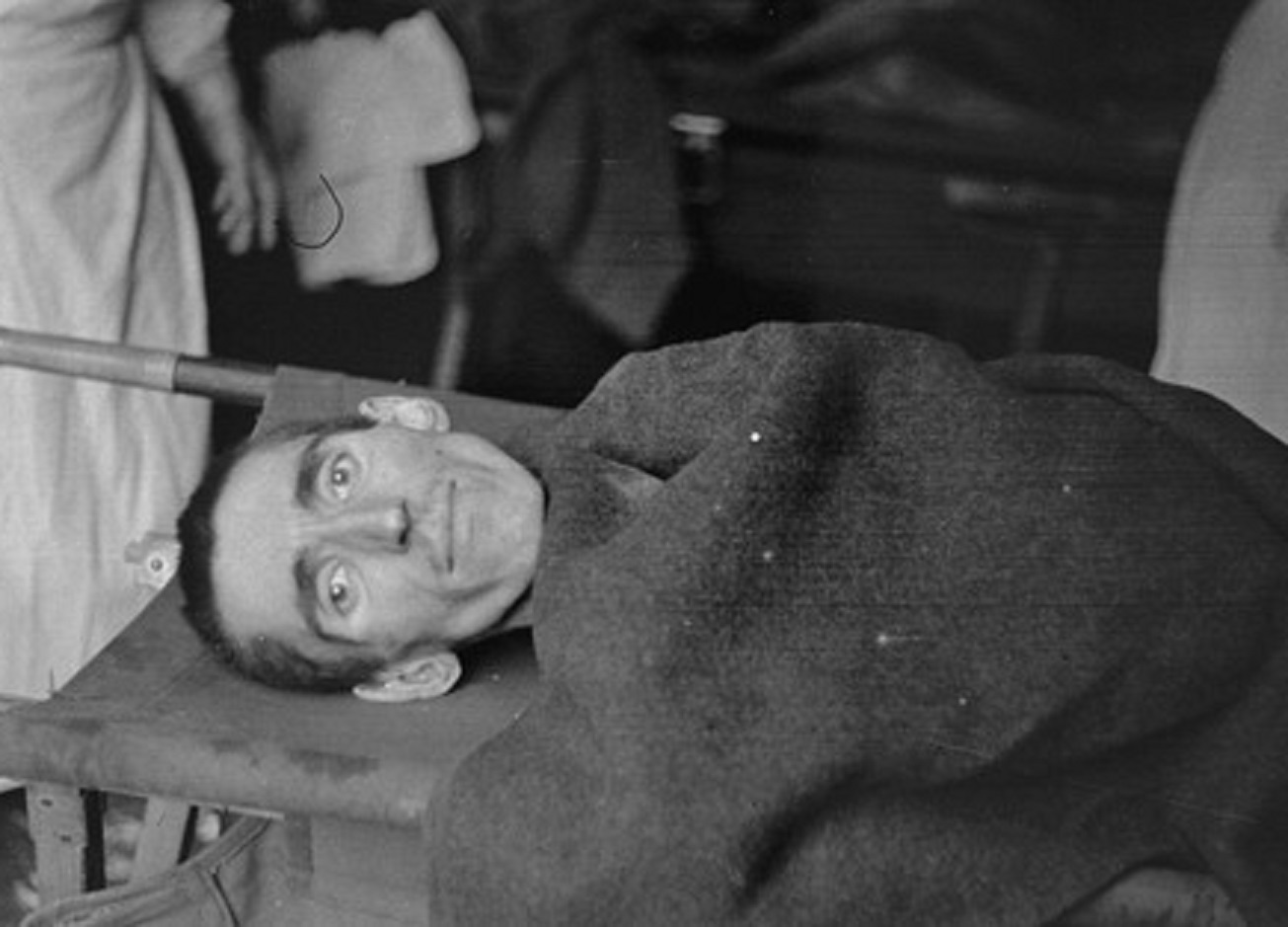 United States Holocaust Memorial Museum, Picryl
United States Holocaust Memorial Museum, Picryl
The Nazi Medical Experiments: Accounts
Survivor accounts were horrific, citing various forms of mistreatment, mutilation, starvation, and even torture.
They were subjected to heinous experiments disguised as military, medical and pharmaceutical studies, and racial and population studies.
The Nazi Medical Experiments: Specific Subjects
The Jewish population were involved in experiences intended to benefit the army, which included hypothermia studies where people were immersed in ice water in an effort to determine how long a downed pilot could survive in similar conditions.
The Nazi Medical Experiments: Sea Water
Others were subjected to experiments involving sea water. They were only allowed to drink sea water as a study to see how long pilots could survive at sea with limited resources.
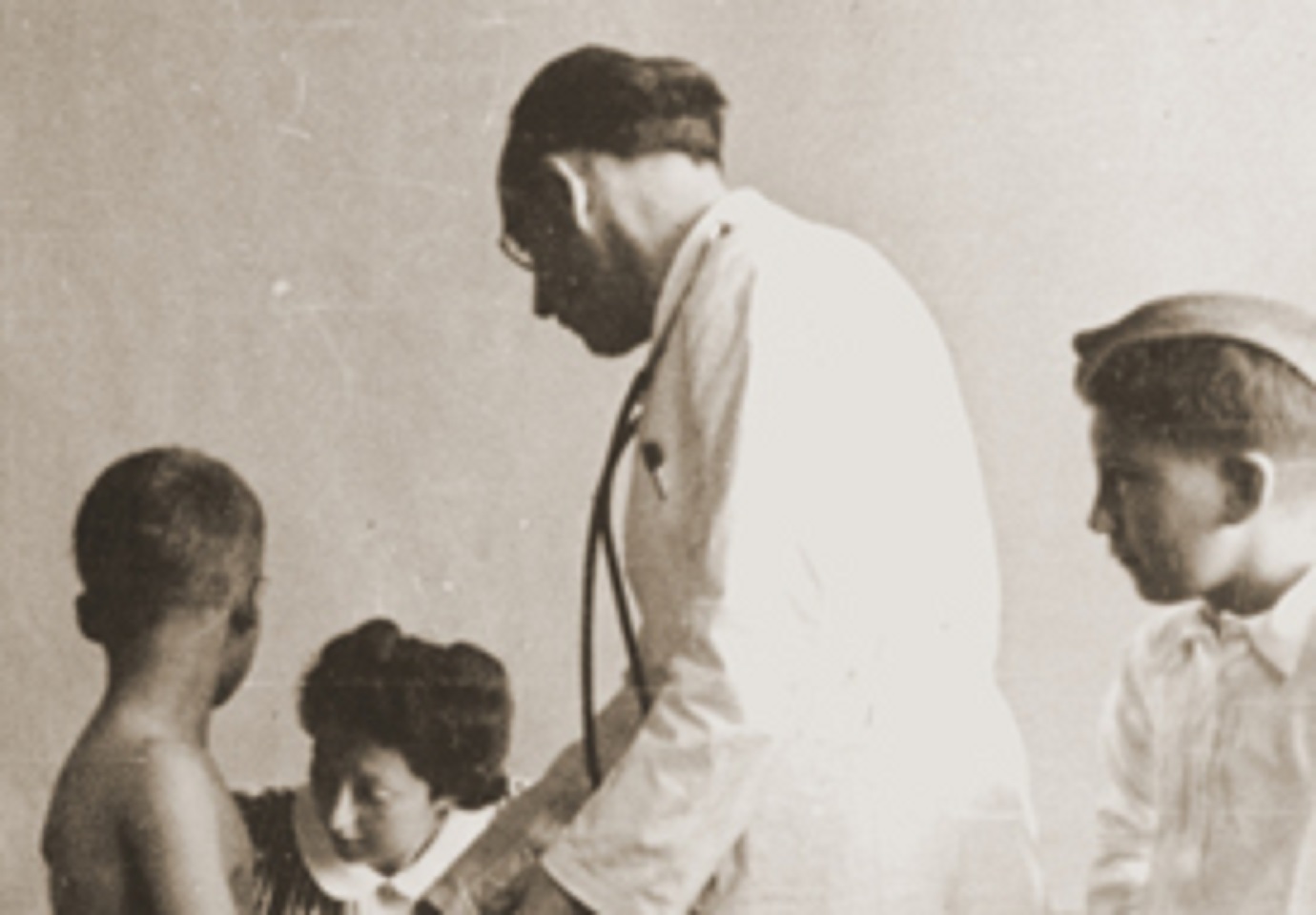 United States Holocaust Memorial Museum, Picryl
United States Holocaust Memorial Museum, Picryl
The Nazi Medical Experiments: Brain Surgery
Victims were also exposed to high altitude in decompression chambers—often followed by brain dissection on the living—again for studies that would benefit their pilots.
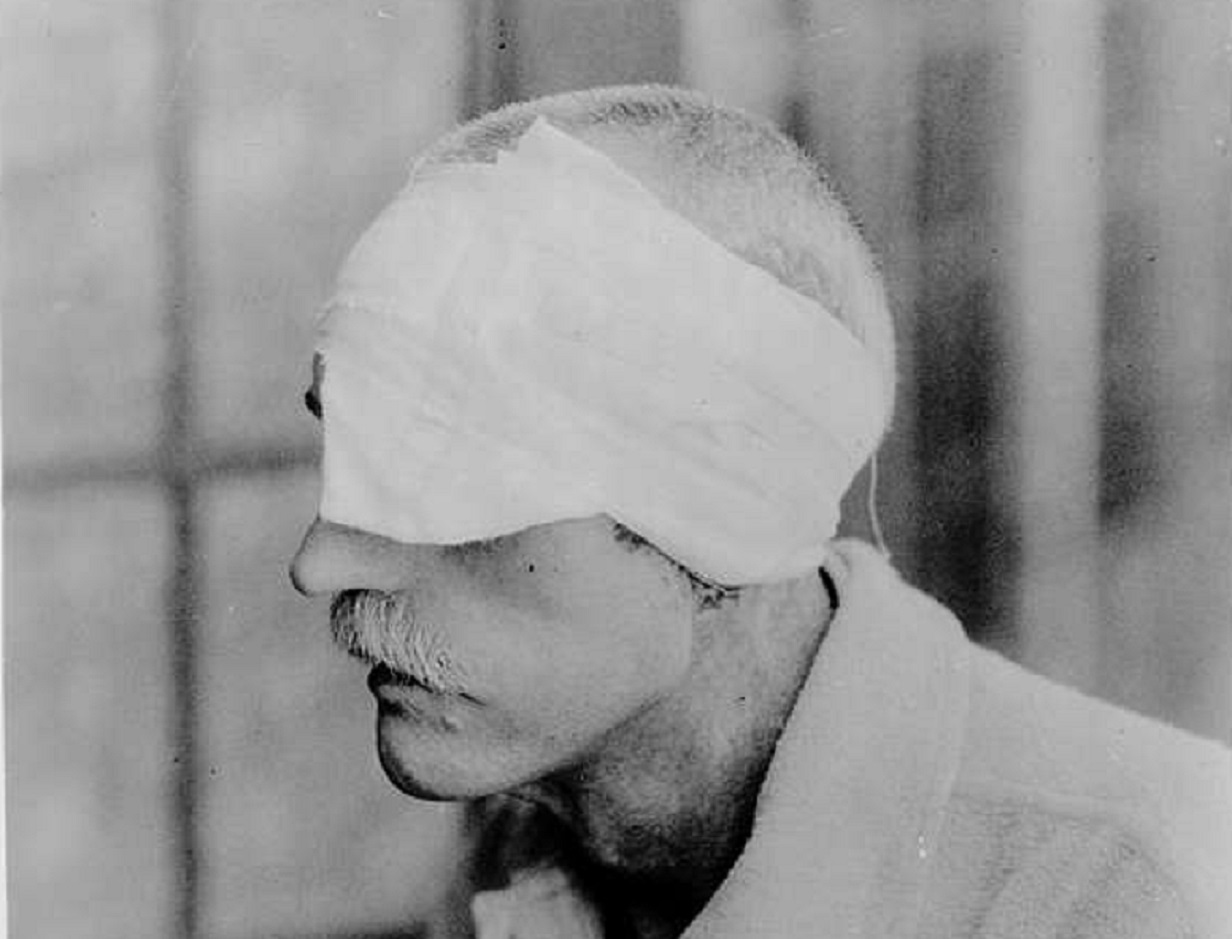 The Library of Congress, Picryl
The Library of Congress, Picryl
The Nazi Medical Experiments: Pharmaceutical Testing
If that wasn’t enough, the Nazis also tested sulfanilamide on victims, as a new treatment for battle wounds. The victims were first inflicted with wounds and then were intentionally infected to test if, or how, the treatment worked.
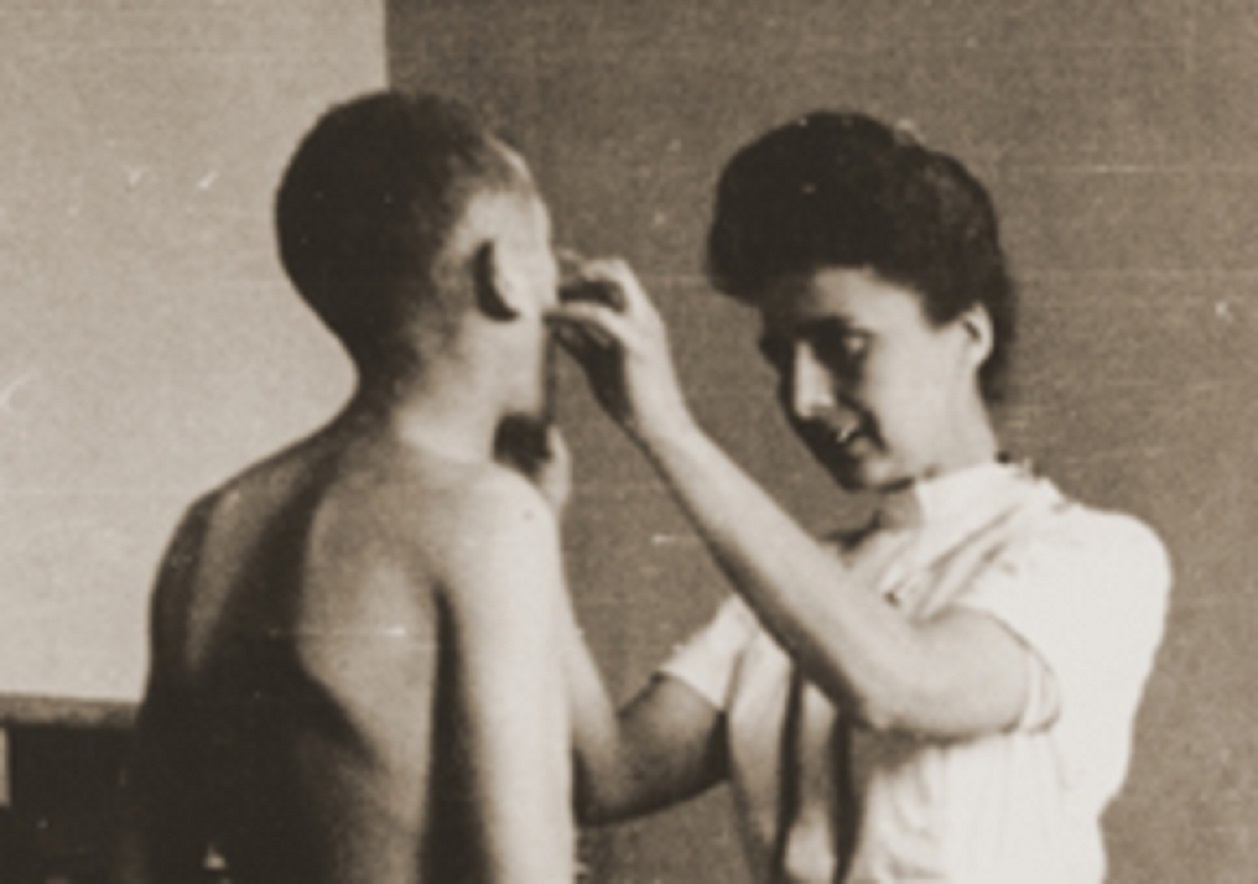 United States Holocaust Memorial Museum, Picryl
United States Holocaust Memorial Museum, Picryl
The Nazi Medical Experiments: Disease & Poison
Tuberculosis (TB) was also injected into victims so the Nazis could better understand how to immunize against the infection.
Various poisons were injected into their bloodstreams to see how long it would take them to succumb to it.
The Nazi Medical Experiments: Genetics & More
The Nazis also performed genetic and racially-motivated sterilizations, artificial inseminations, and also conducted experiments on twins and people of short stature.
They did everything and anything they could get away with.
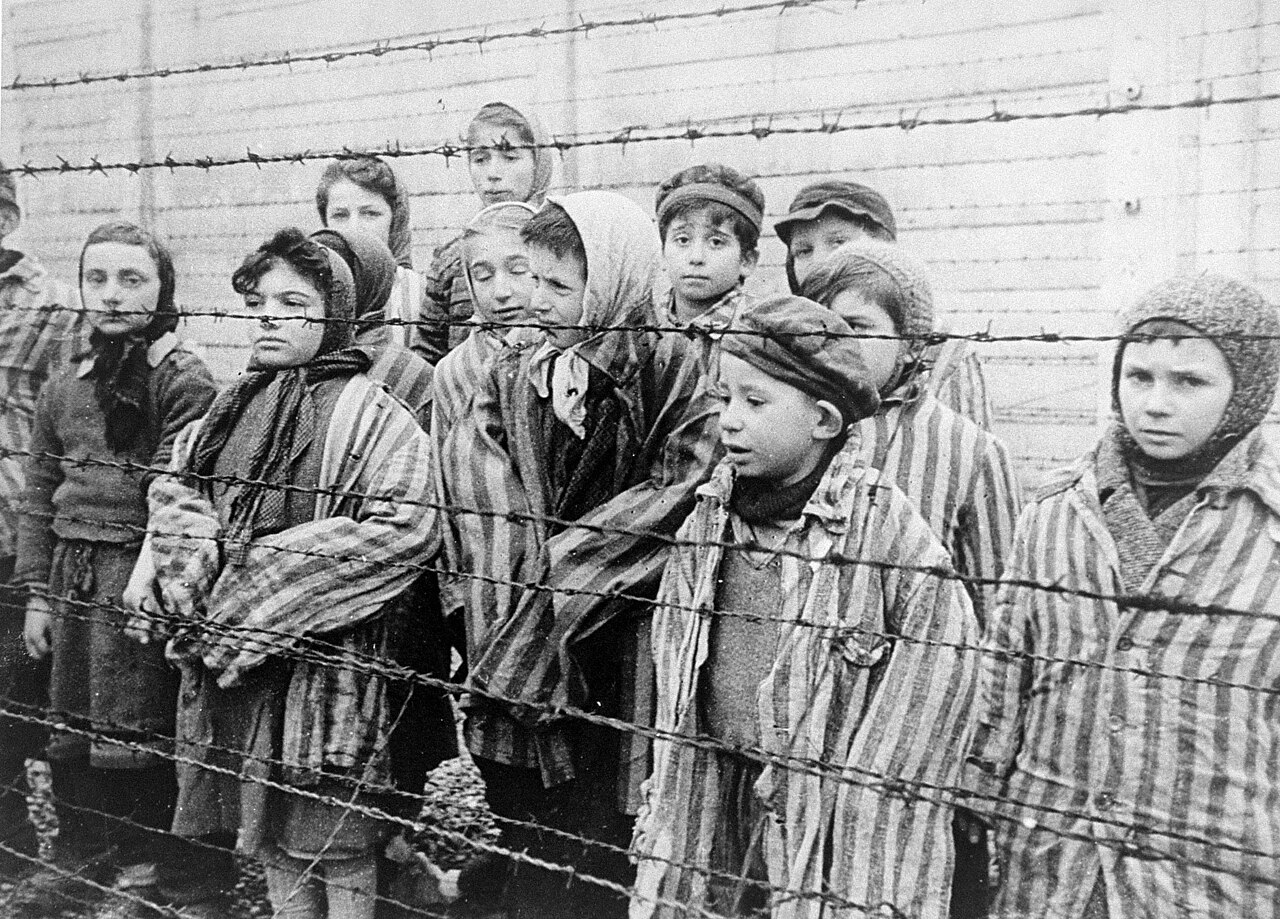 Alexander Voronzow, Wikimedia Commons
Alexander Voronzow, Wikimedia Commons
Watson's 'Little Albert' Experiment
In 1920 John Watson, along with graduate student Rosalie Rayner, conducted an emotional-conditioning experiment on a nine-month-old baby—whom they nicknamed "Albert B".
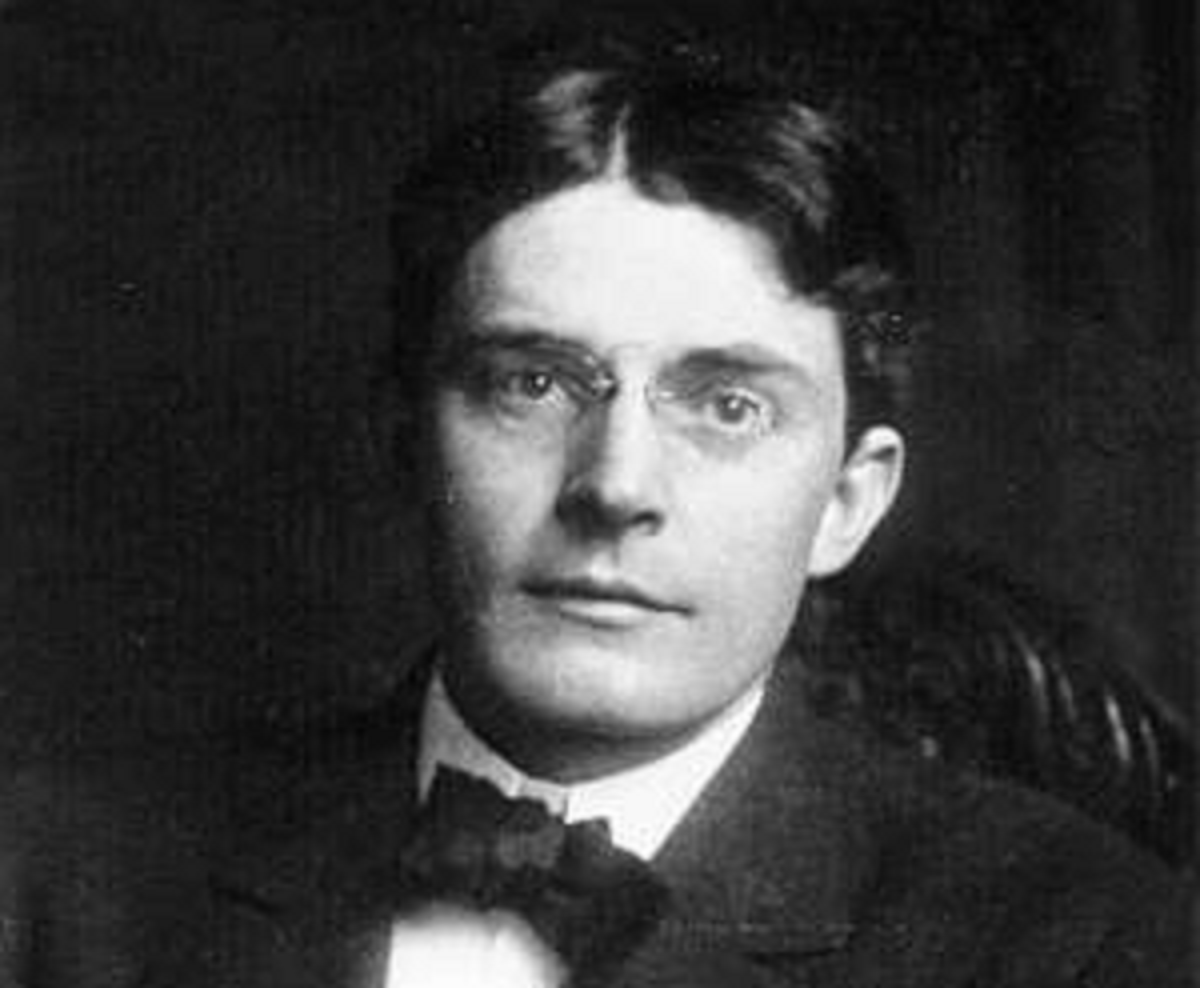 Unknown Author, Wikimedia Commons
Unknown Author, Wikimedia Commons
Watson's 'Little Albert' Experiment: Theory & Payment
They did so in an effort to prove their theory that we’re all born as blank slates that can be shaped. The child's mother, a wet nurse who worked at the hospital, was paid one dollar for allowing her son to take part.
That works out to be about $13.98 today.
Watson's 'Little Albert' Experiment: How it Was Done
The "Little Albert" experiment went like this: Researchers first introduced the baby to a small, furry white rat, of which he initially had no fear. In fact, he didn’t show much interest at all.
But then…
Watson's 'Little Albert' Experiment: It Escalated
Then they re-introduced him to the rat while a loud sound rang out. They did this over and over, exposing the infant to the rat and startling noises until he became frightened anytime he saw a small, furry animal, regardless of noise.
Watson's 'Little Albert' Experiment: The Real Albert
The actual identity of “Albert” was not revealed until 2010, when he was finally identified as Douglas Merritte.
Sadly, the boy had a shorter life than expected.
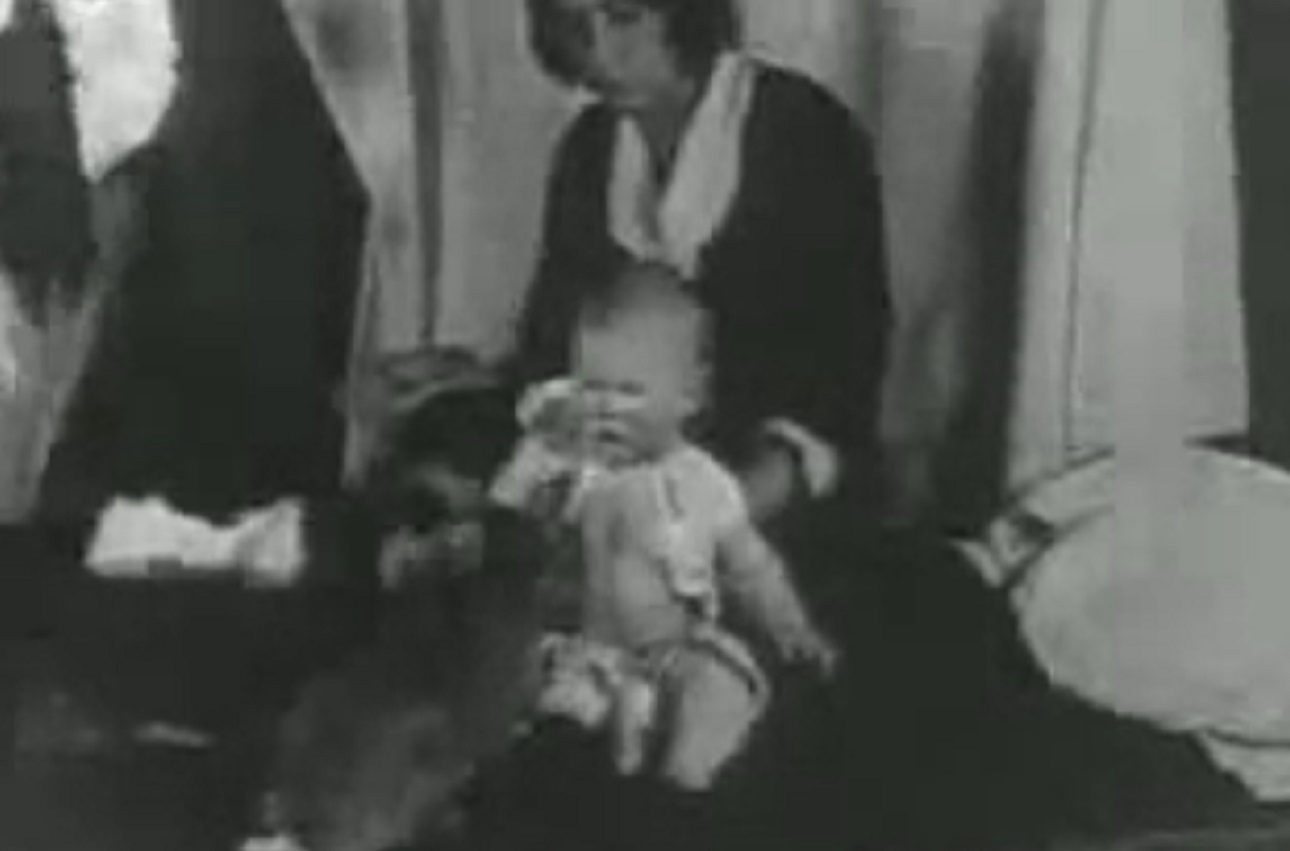 John B. Watson, Wikimedia Commons
John B. Watson, Wikimedia Commons
Watson's 'Little Albert' Experiment: Impairment
As an infant, the boy showed signs of behavioral and neurological impairment, never learned to talk or walk, and only lived to age six—passing from hydrocephalus (water on the brain).
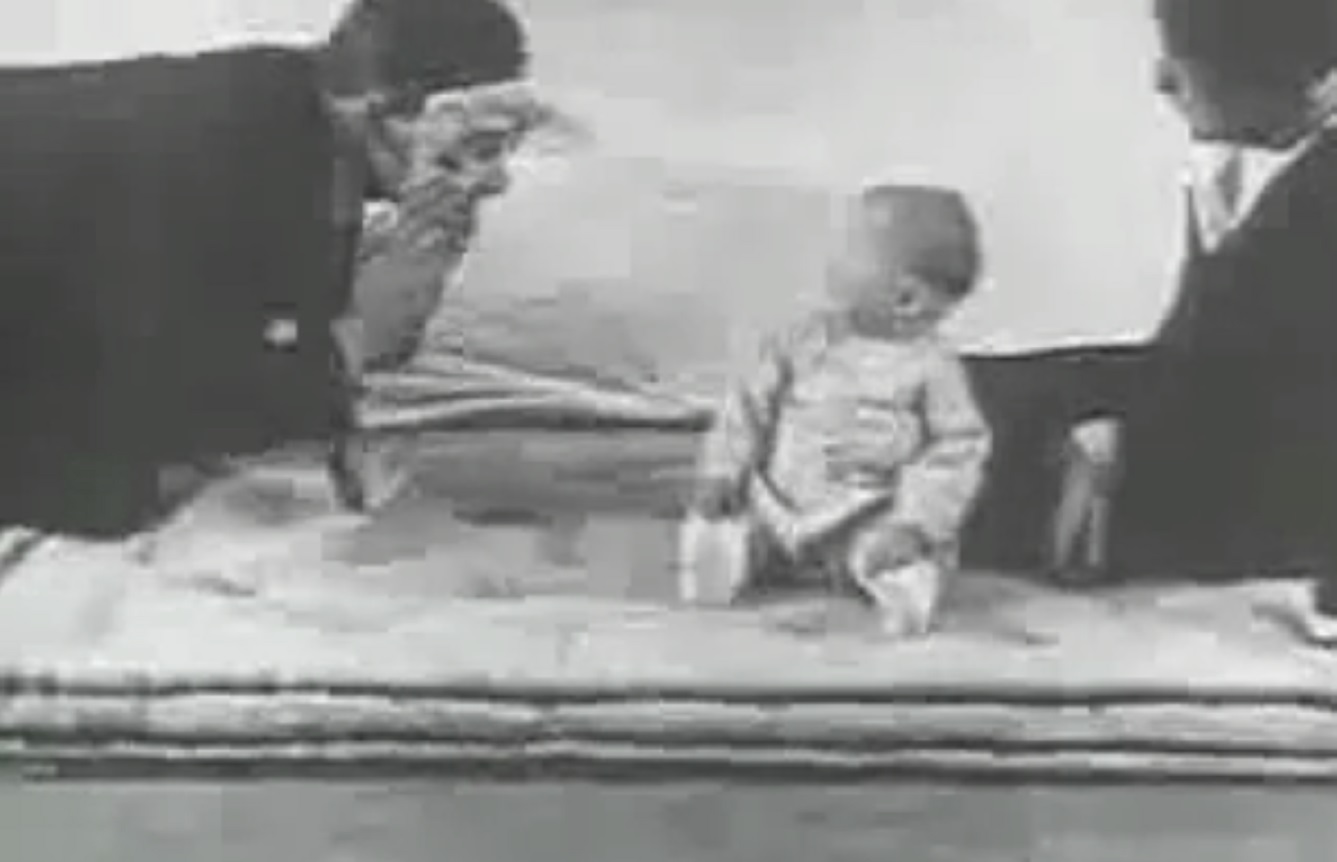 John B. Watson, Wikimedia Commons
John B. Watson, Wikimedia Commons
Watson's 'Little Albert' Experiment: Another Experiment
According to sources, the boy also suffered from a bacterial meningitis infection, that some theorize may have been intentionally infected as part of another experiment.
Watson's 'Little Albert' Experiment: Deconditioning
In the end, Merritte was never deconditioned from the study, and because he passed at such a young age no one knows if he would have continued to fear small furry things.
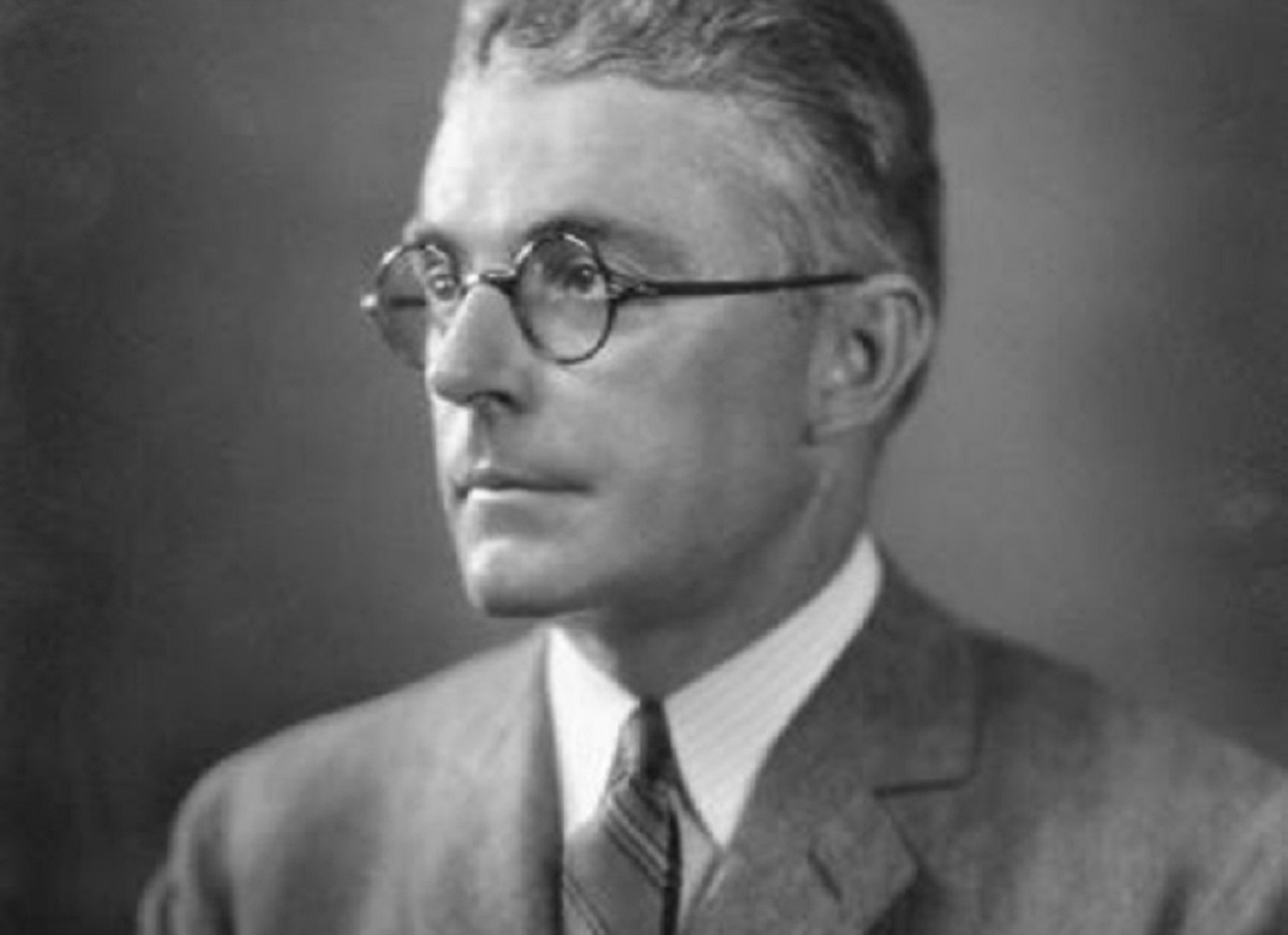 Prakruthi Prasad, CC BY-SA 4.0, Wikimedia Commons
Prakruthi Prasad, CC BY-SA 4.0, Wikimedia Commons
The Monster Study of 1939
In 1939 Mary Tudor, a graduate student at the University of Iowa, and her faculty advisor, speech expert Wendell Johnson, set out to prove stuttering could be taught through negative reinforcement, and that it is learned behavior.
The Monster Study of 1939: The Subjects
The subjects included 22 orphaned children, who were told they would be receiving speech therapy. Over four months, the children were subjected to a stuttering experiment that either gave them praise or criticism depending on the extent of their stutter.
The Monster Study of 1939: Four Groups
The children were split into four groups:
- Half of the stutterers were given negative feedback
- The other half of the stutterers were given positive feedback
- Half of the non-stuttering group were told they were beginning to stutter and were criticized
- The other half of the non-stutterers were praised
The Monster Study of 1939: The Result
The only significant impact the experiment had was on that third group; these kids, despite never actually developing a stutter, began exhibiting low self-esteem and adopting the self-conscious behaviors associated with stutterers.
Those who did stutter didn’t stop doing so, regardless of the feedback they received.
Stateville Penitentiary Malaria Study
During WWII, about 60-65% of American troops suffered from malaria infections. For some units, the disease proved more deadly than enemy forces, and so a safe anti-malarial drug was seen as essential to winning the war.
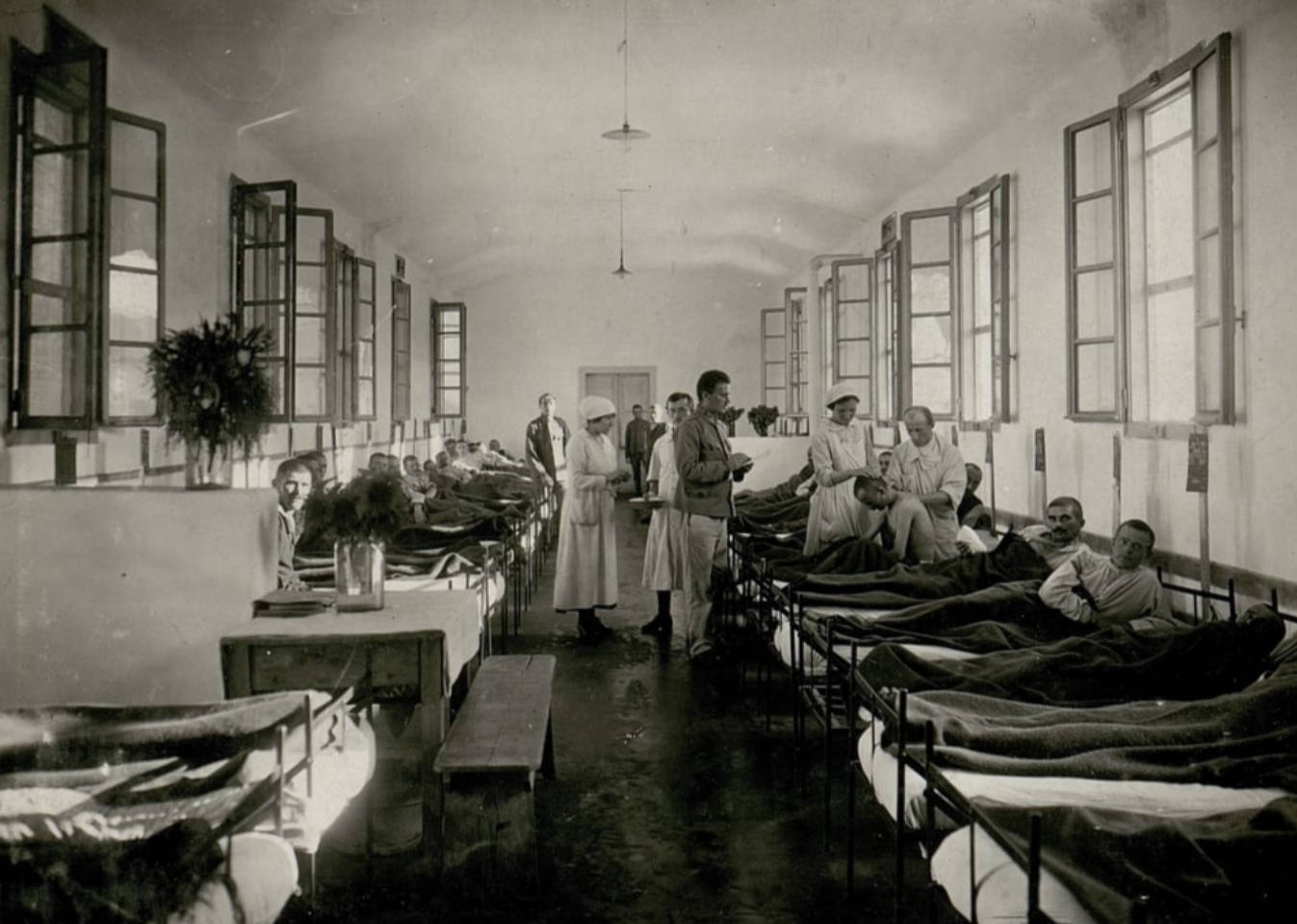 Austrian National Library, Picryl
Austrian National Library, Picryl
Stateville Penitentiary Malaria Study: The Subjects
So, America set out to find a treatment—ASAP. Beginning in 1944, and spanning over the course of two years, more than 400 prisoners at the Stateville Penitentiary in Illinois were subjected to an experimental treatment.
Stateville Penitentiary Malaria Study: How It Was Done
People were purposely infected with malaria, and then treated with medications that might, or might not work. Many of the victims experienced grueling symptoms from the illness, and awful side effects from the treatments—many of them didn’t make it.
Stateville Penitentiary Malaria Study: Public Knowledge
The craziest part is that the experiment did not have a hidden agenda. Its unethical methodology didn’t bother the American public as they were united on winning WWII and eager to bring home their troops.
The prisoners were told they were heroes, and were promised shorter sentences if they took part.
The Aversion Project in South Africa
During the apartheid era in South Africa, residents lived under a state-regulated racial segregation, as well as state-controlled sexuality.
The Aversion Project in South Africa: Strict Laws
The South African government upheld strict anti-homosexual laws. If you were gay, you were considered a deviant — and your homosexuality was also considered a disease that could be treated.
 Rob Bogaerts / Anefo, Wikimedia Commons
Rob Bogaerts / Anefo, Wikimedia Commons
The Aversion Project in South Africa: Aversion Therapy
Army medical professionals in the South African Defense Force (SADF) began aversion therapy techniques on prisoners and South Africans who were forced to join the army under the conscription laws.
The Aversion Project in South Africa: Curing the Deviants
Between 1969 and 1987, an army hospital made numerous attempts were made to “cure” perceived deviants of their homosexuality.
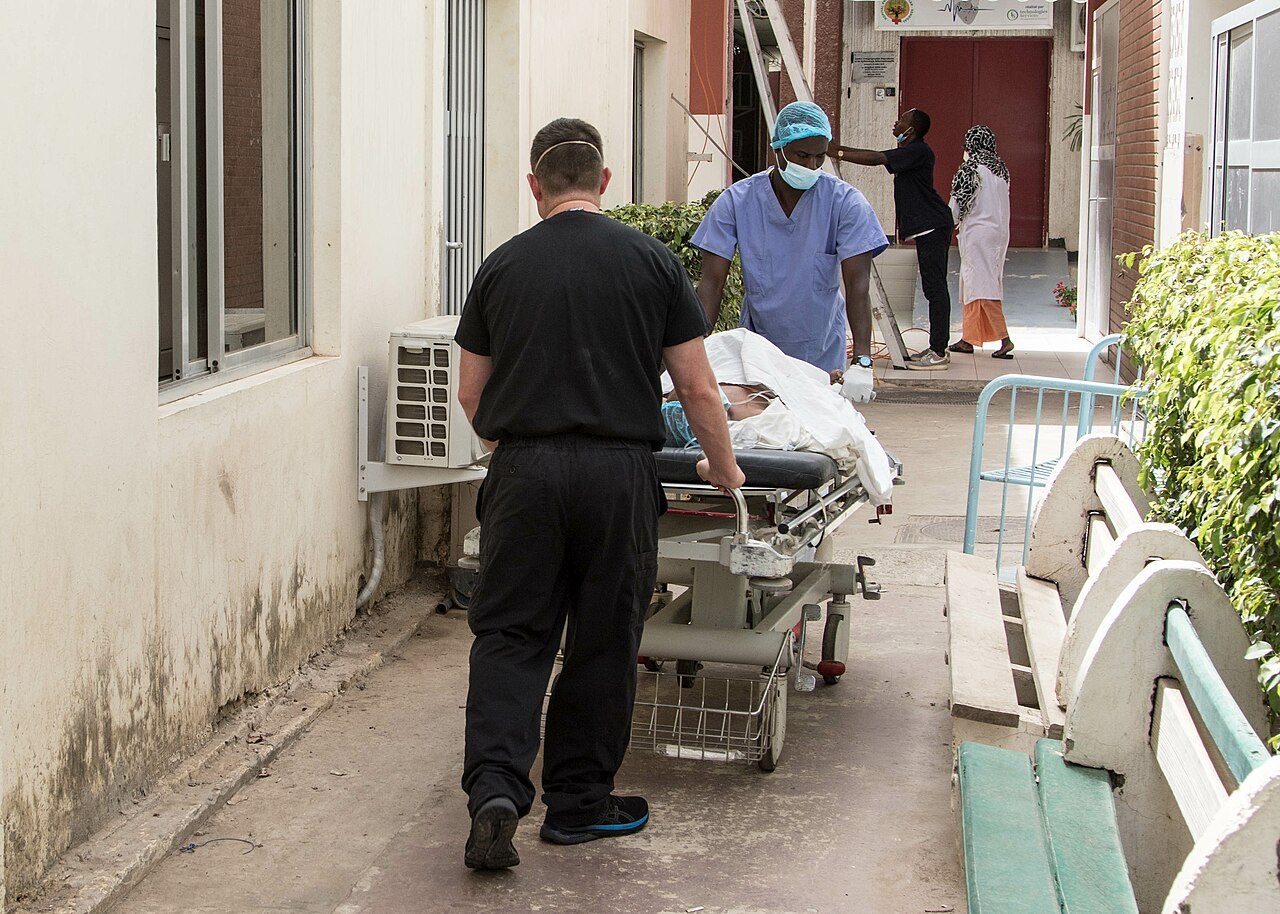 U.S. Army Southern European Task Force, Africa, CC-BY-SA-2.0, Wikimedia Commons
U.S. Army Southern European Task Force, Africa, CC-BY-SA-2.0, Wikimedia Commons
The Aversion Project in South Africa: How It Was Done
People were given large doses of pharmaceuticals and then subjected to electroconvulsive behavior therapy while being shown aversion stimuli (same-gender intimidate photos), followed by photos of the opposite gender after the electric shock.
The Aversion Project in South Africa: Hormone Therapy
When the aversion technique didn’t work (and it definitely didn’t), victims were then treated with hormone therapy—which sometimes included chemical castration.
And when that didn’t work, it got even worse.
The Aversion Project in South Africa: Surgery
When nothing worked, victims then underwent gender reassignment surgery—most without consent. Over 900 people received this surgery, and some were even left unfinished.
 SMU Central University Libraries, Picryl
SMU Central University Libraries, Picryl
Milgram Shock Experiments
In the 1960s, social psychologist Stanley Milgram recruited two group of people to assist him in a study about memory and learning.
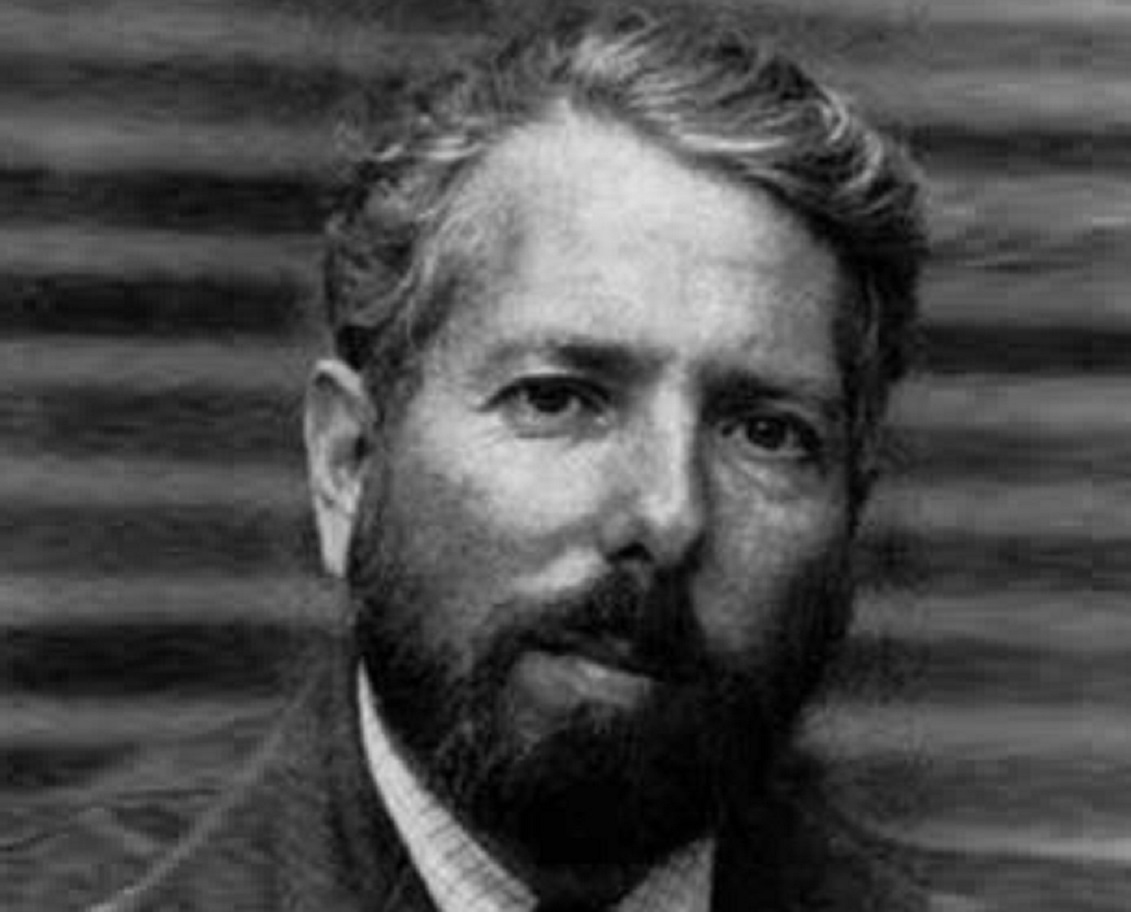 harvard Department of Psychology, CC-BY-SA-4.0, Wikimedia Commons
harvard Department of Psychology, CC-BY-SA-4.0, Wikimedia Commons
Milgram Shock Experiments: The Subjects
The subjects of his study included a group of people he labelled as “teachers” and a group of people he called the “learners” (who were actually actors, but the “teachers” didn’t know that.)
Milgram Shock Experiments: How It Was Done
Each person in the teacher role was instructed to press a button that would deliver a shock to their "learner" every time they made a mistake on word-matching quizzes.
Teachers were told the shock would increase with each mistake.
Milgram Shock Experiments: Voltage
The shock voltage ranged from 15 to 450 volts, and about two-thirds of the teacher group shocked the learners to the highest voltage, continuing to do so as instructed.
But here’s the kicker.
Milgram Shock Experiments: A Different Lesson
In reality, this wasn't an experiment about memory and learning—it was about how obedient we are to authority. No shocks were actually given to anyone.
Milgram Shock Experiments: The Result
Milgram’s shock experiments remained controversial for years, with many people pointing to the results as important to how humans behave when under duress.
Milgram Shock Experiments: Take Two
But in 2010 the study was repeated, and 70% of the teachers obediently administered the highest voltage shocks to their learners.
CIA Mind-Control Experiments (Project MK-Ultra)
There was a period in the CIA's history when they performed covert mind-control experiments. Many thought this was fake, but apparently it wasn’t.
CIA Mind-Control Experiments: Super Agents
During the Cold War, the CIA started researching how they could turn Americans into CIA-controlled “Super agents,” people who could carry out assassinations and who wouldn’t be affected by enemy interrogations.
And they came up with something.
CIA Mind-Control Experiments: How They Did It
Under the MK-ULTRA project, the CIA experimented on unsuspecting American and Canadian citizens by slipping them psychedelic substances—including LSD, PCP and barbiturates—as well as highly unlawful hypnosis, and chemical, biological, and radiological agents.
CIA Mind-Control Experiments: The Subjects
The majority of their subjects included about 7,000 soldiers, who were involved without their consent. Various Universities participated in the study, also without even knowing.
It went on for 20 years and cost $20 million before it was shut down in 1973, and all records were destroyed.
Unit 731
In 1925, the Geneva Protocol banned the use of biological warfare, but Japan rejected the ban. They figured, if it’s effective enough to be banned, it must work.
So, they set up a secret facility.
Unit 731: Top Secret
Uniq 731, a secret unit in a secret facility—publicly known as the Epidemic Prevention and Water Supply Unit—was created in Japanese-controlled Manchuria. And by the mid-1930s, Japan started experimenting with pathogenic and chemical warfare and testing on human subjects.
Unit 731: How They Did It
Army doctors and officers intentionally exposed victims to infectious diseases including anthrax, bubonic plague, cholera, syphilis, typhus and other pathogens. They did so in an attempt to understand how they affected the body and how they could be used in attacks.
 Defense Visual Information Distribution Service, Picryl
Defense Visual Information Distribution Service, Picryl
Unit 731: The Subjects
Anyone who wasn’t Japanese was a potential subject, including Chinese civilians and POWs, and Russians and Americans. It’s estimated about 100,000 people were victims to the facility.
Unit 731: What The Did
Aside from exposing people to pathogens, they also performed various dissections and vivisections on living humans without anesthesia (believing it would skew the results), and also dropped plague-infected fleas over Chinese villages and poisoned wells with cholera.
Unit 731: Getting Away With It
Possibly the worst part about all of this is that no one was held accountable for hundreds of thousands of fatalities. In fact, the U.S. granted immunity to those involved with Unit 731 as part of an information exchange agreement.
The Japanese denied all involvement until the 1980s.
The Human Vivisections of Herophilus
Herophilus was an ancient physician who made significant discoveries during his practice and is often considered the father of anatomy.
But how he learned what he did is why he is on this list.
 Hooghe, Romeyn de, CC-BY-SA-1.0, Wikimedia Commons
Hooghe, Romeyn de, CC-BY-SA-1.0, Wikimedia Commons
The Human Vivisections of Herophilus: What He Did
Herophilus practiced medicine in Egypt, during a time when offenders could be sentenced to public dissection and vivisection as punishment.
It is said he performed vivisection (operations on live beings for scientific research) on over 600 living inmates.
 Veloso Salgado, Wikimedia Commons
Veloso Salgado, Wikimedia Commons
The Human Vivisections of Herophilus: The Result
Although Herophilus made great strides in the study of human anatomy, he did so during a time when dissecting human cadavers was considered an act of desecration, and vivisection was considered butchery in many other parts of the world.
 Ecelan, CC-BY-SA-3.0, Wikimedia Commons
Ecelan, CC-BY-SA-3.0, Wikimedia Commons
Source: 1

